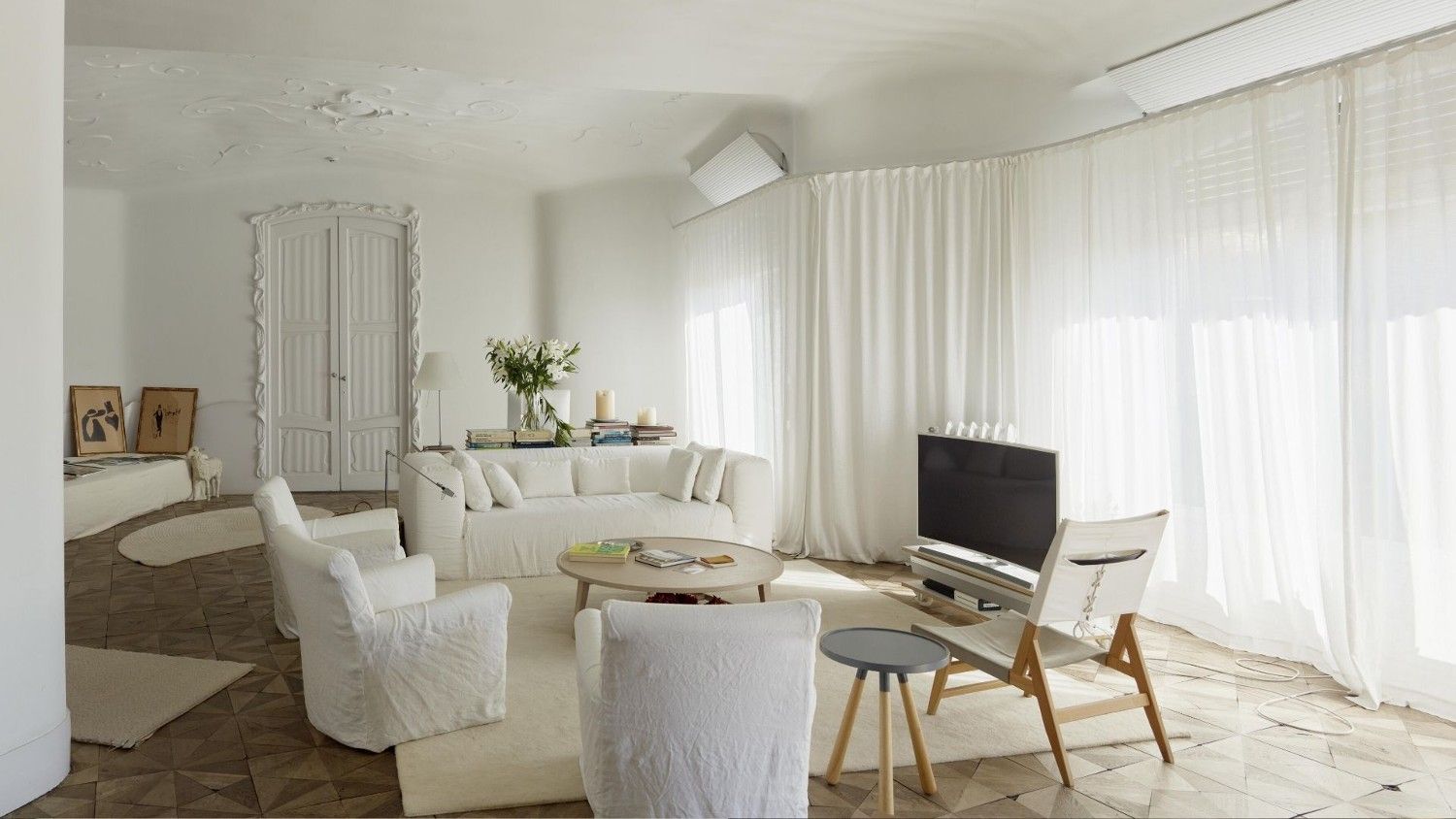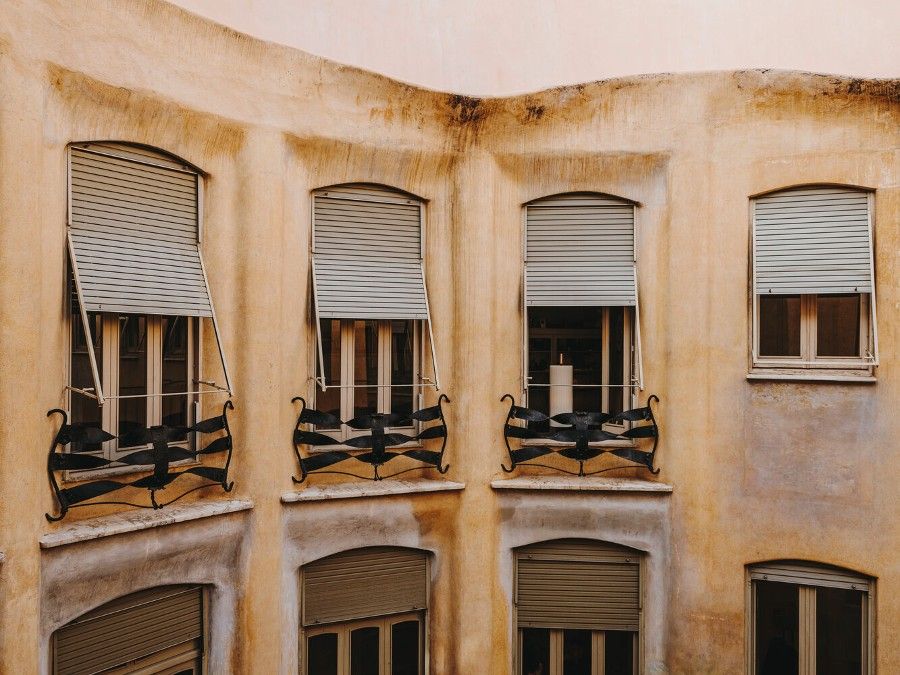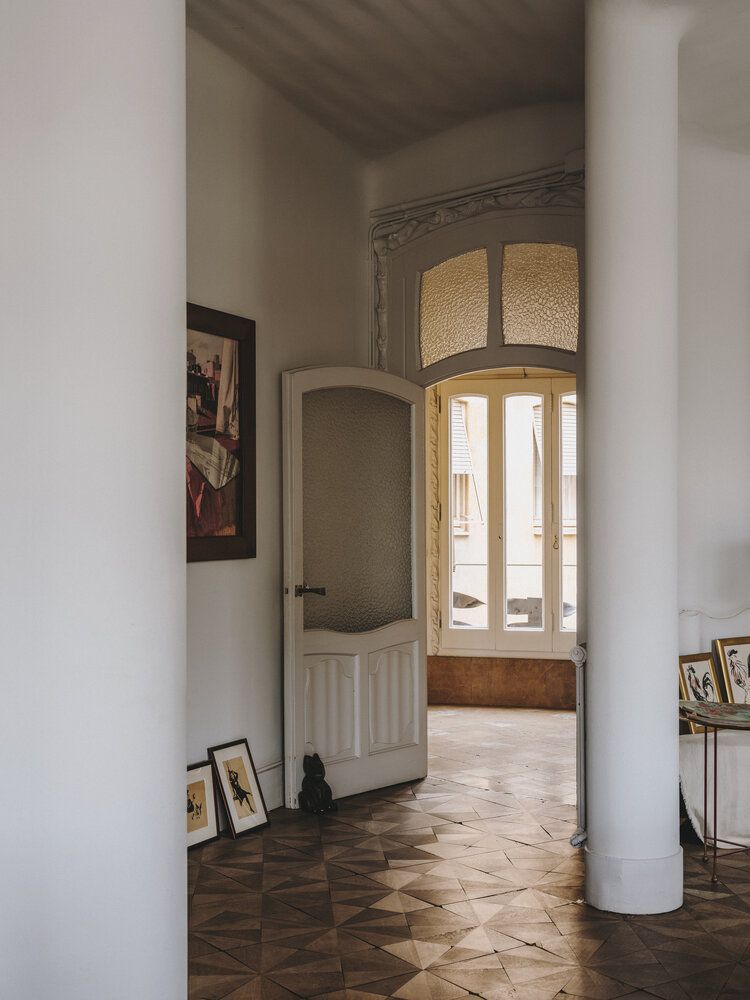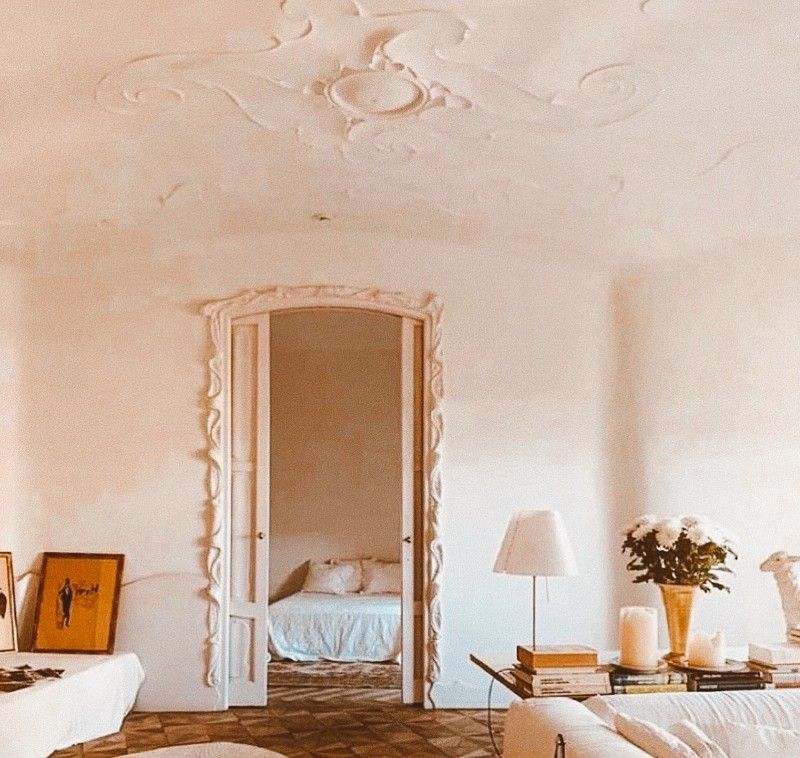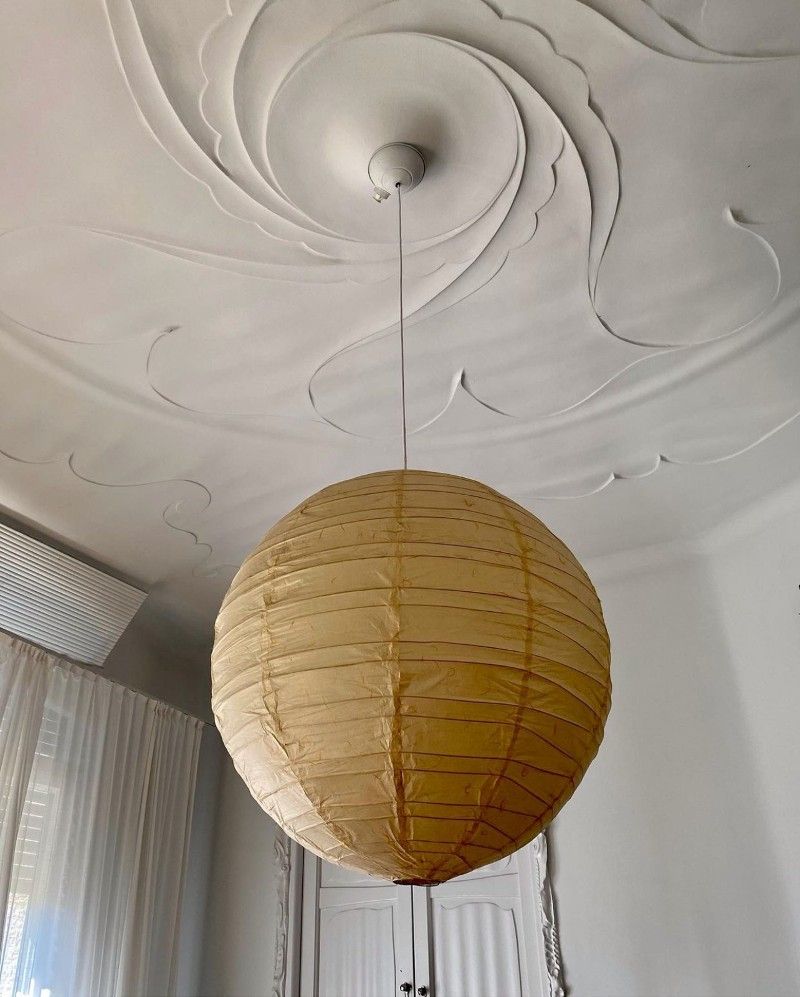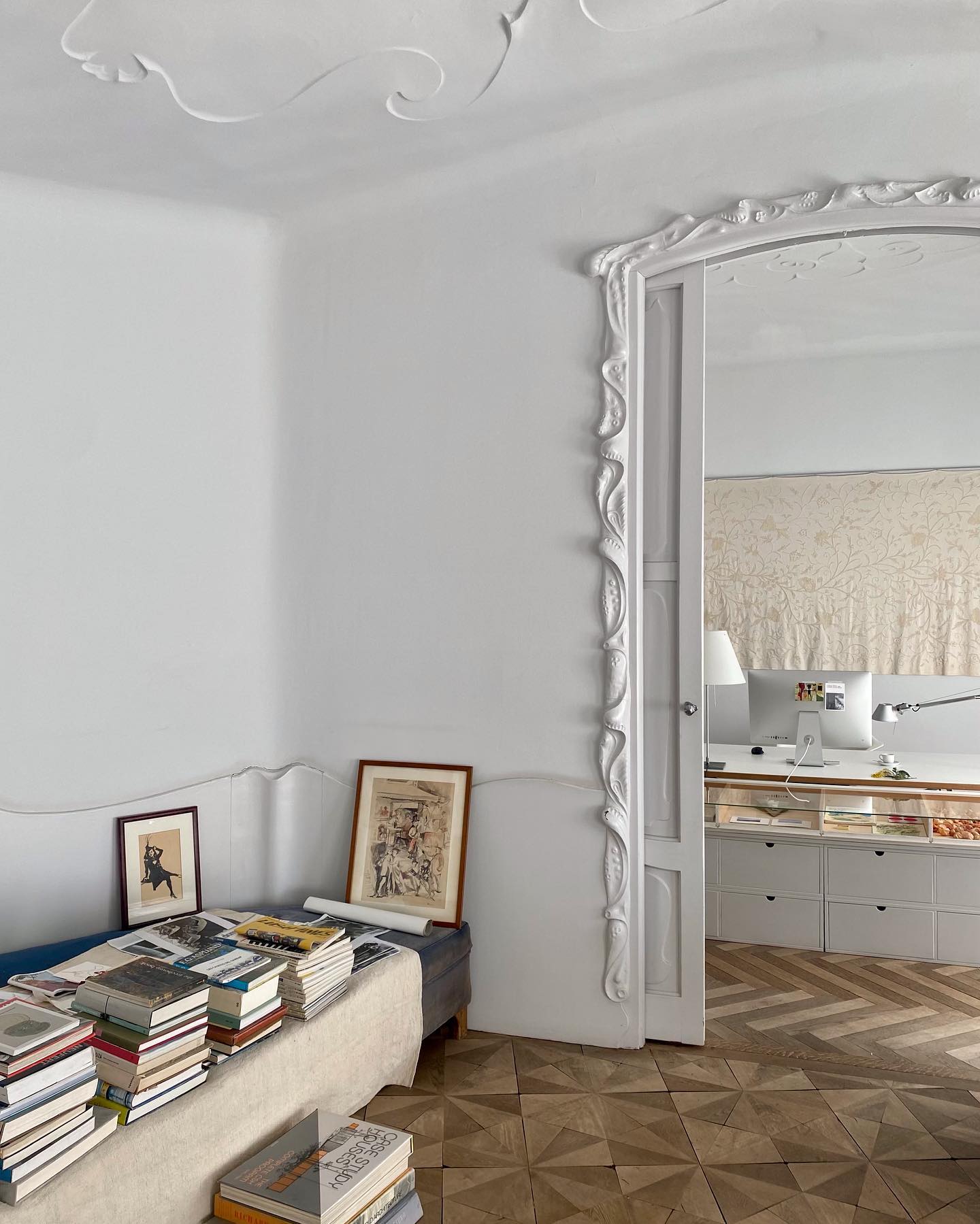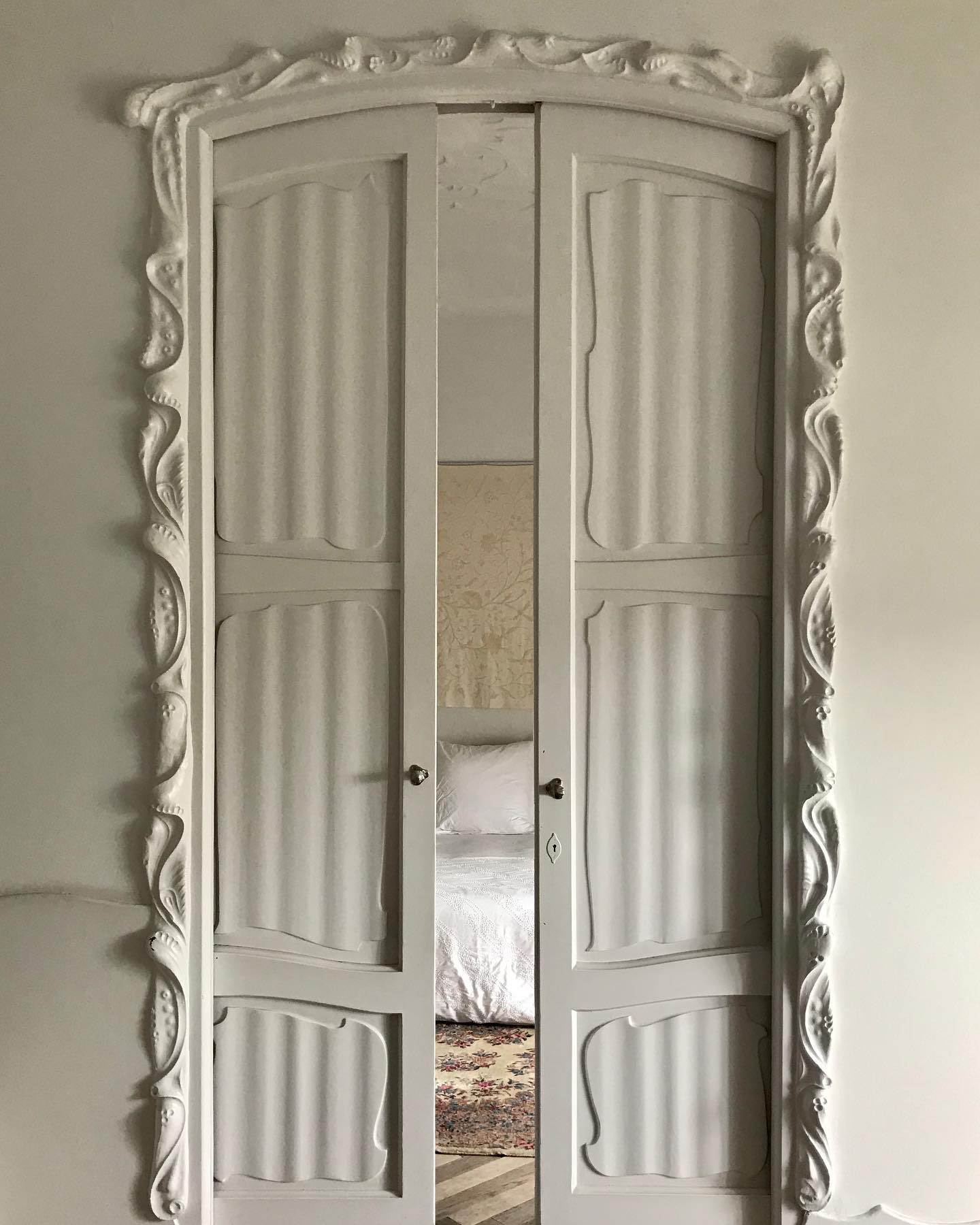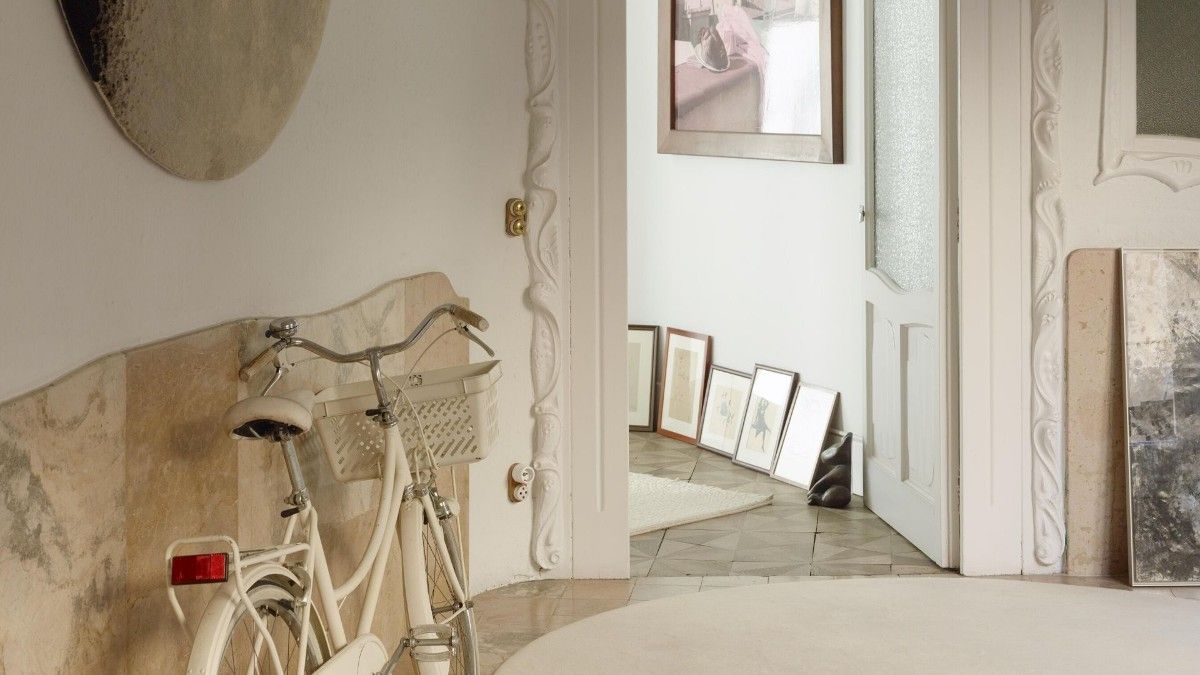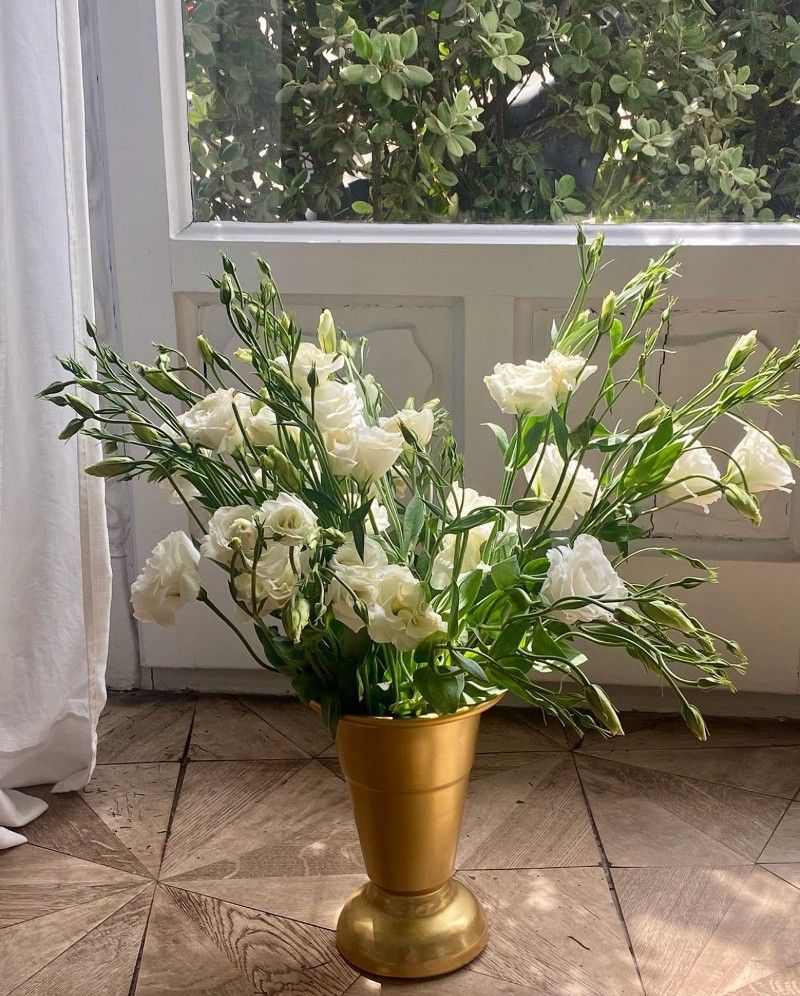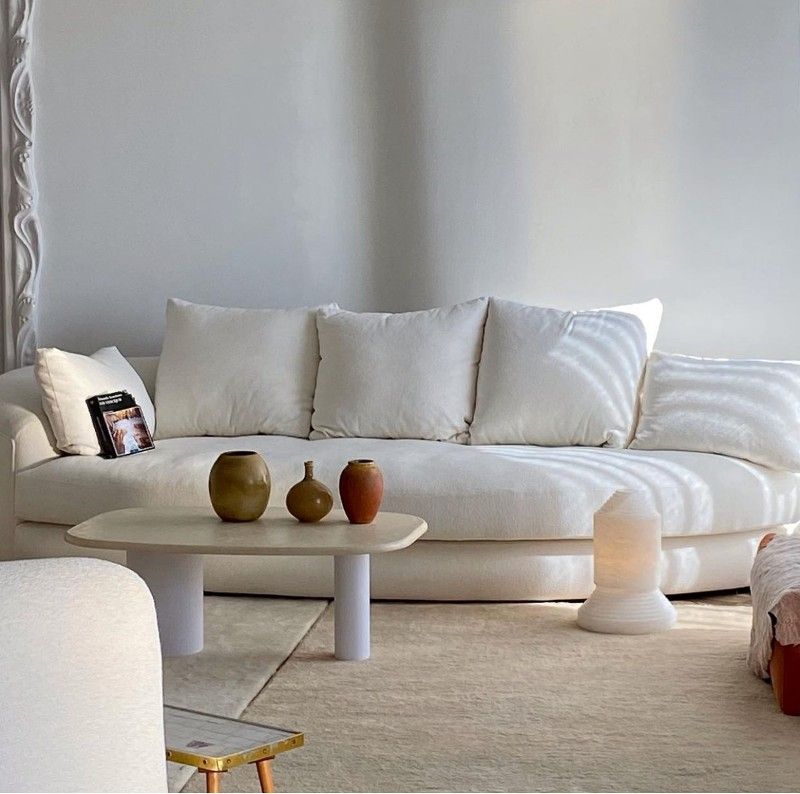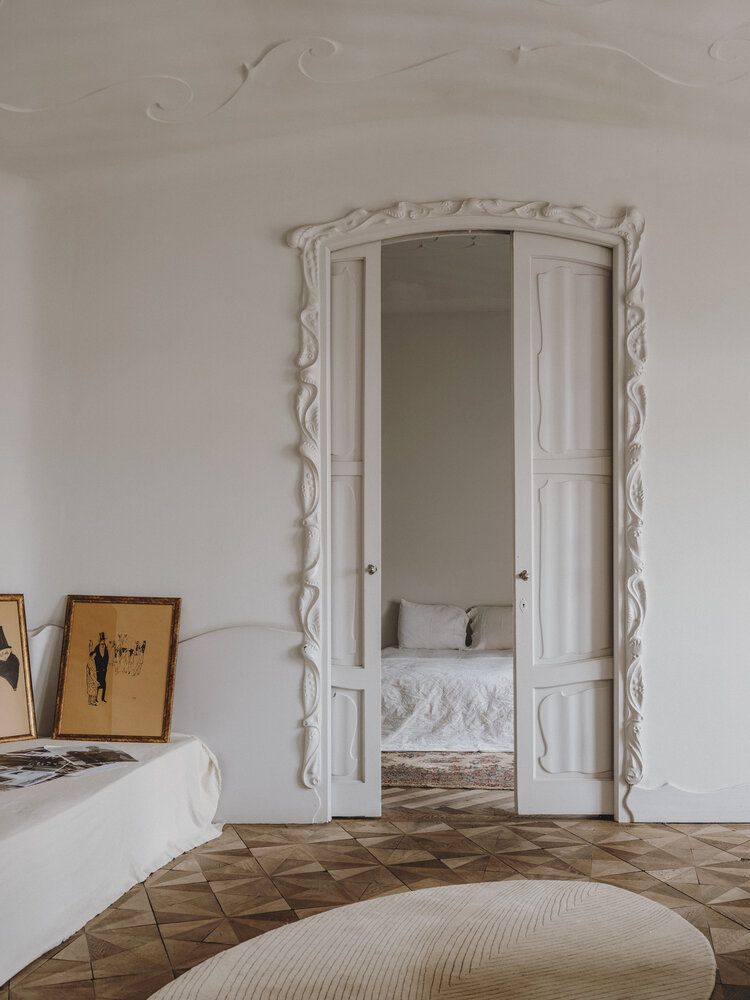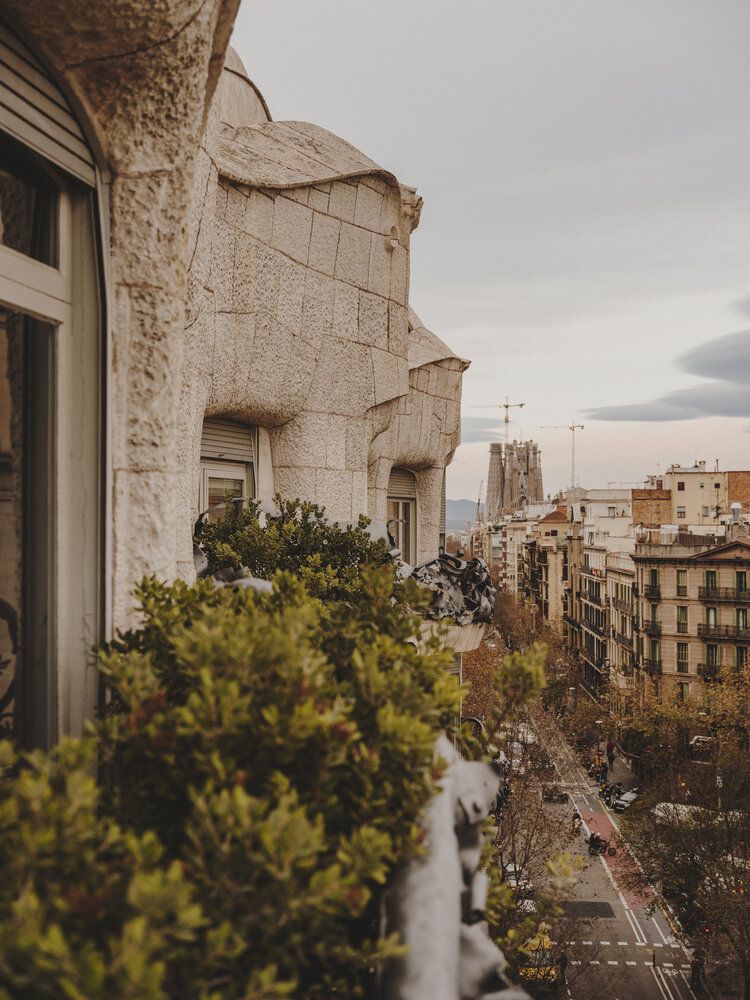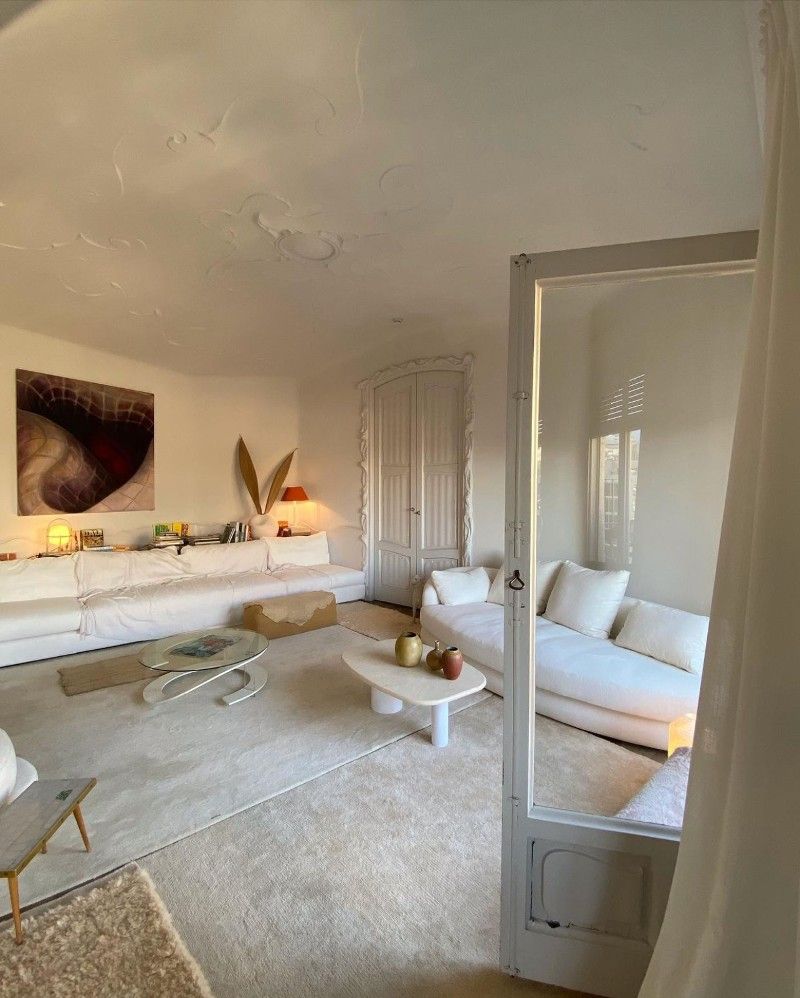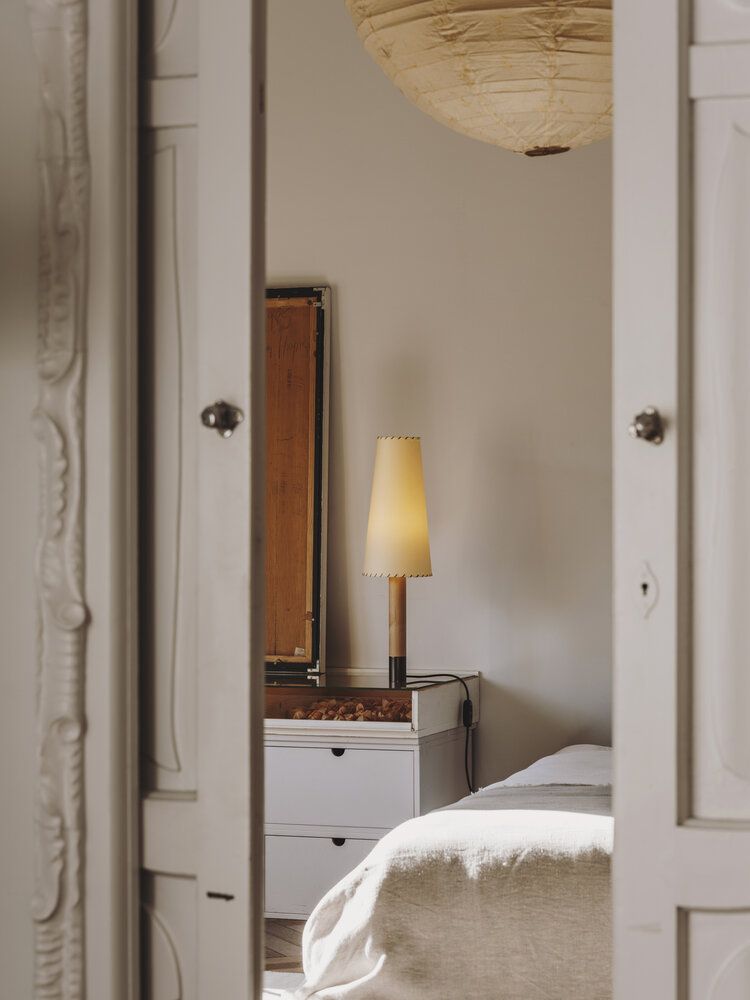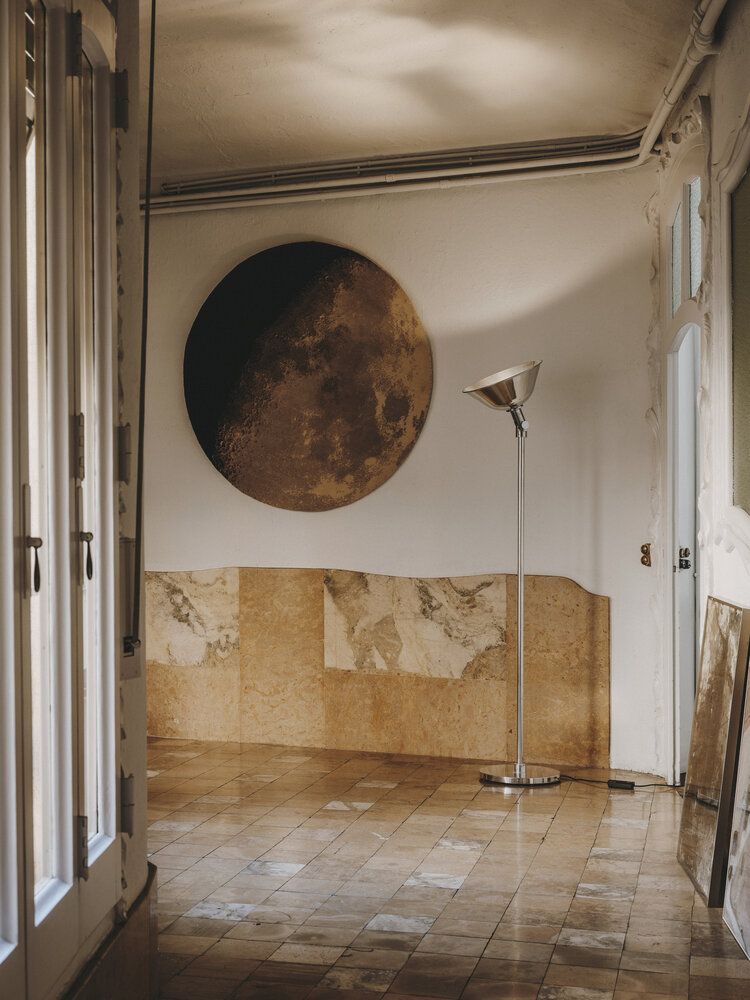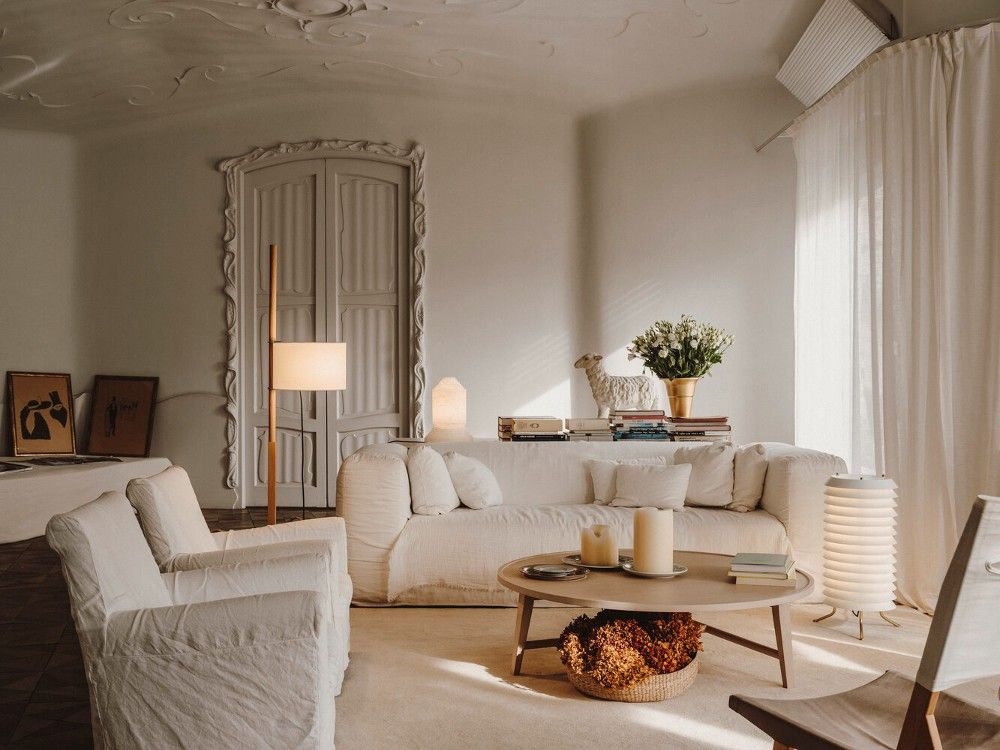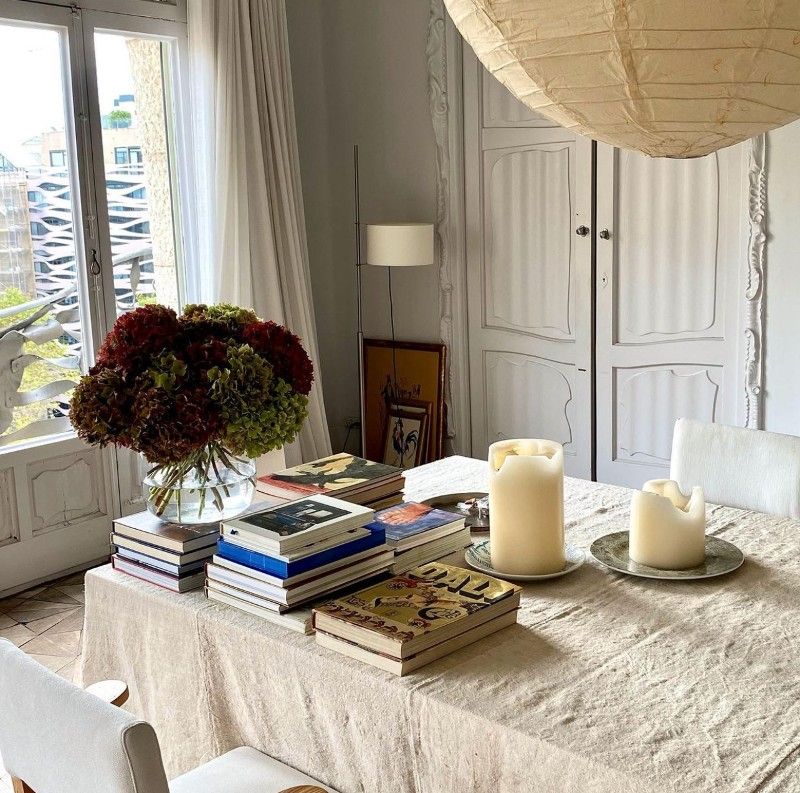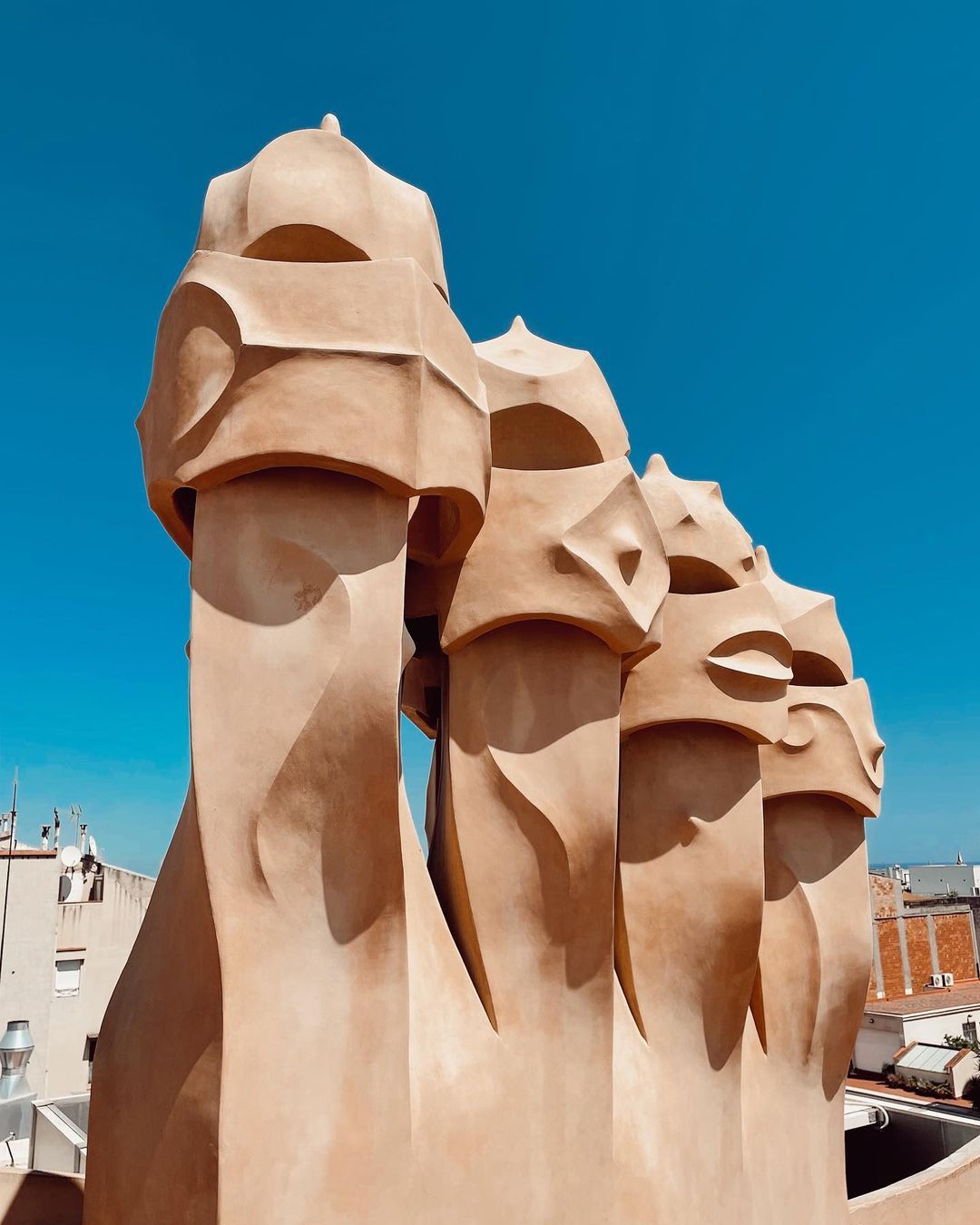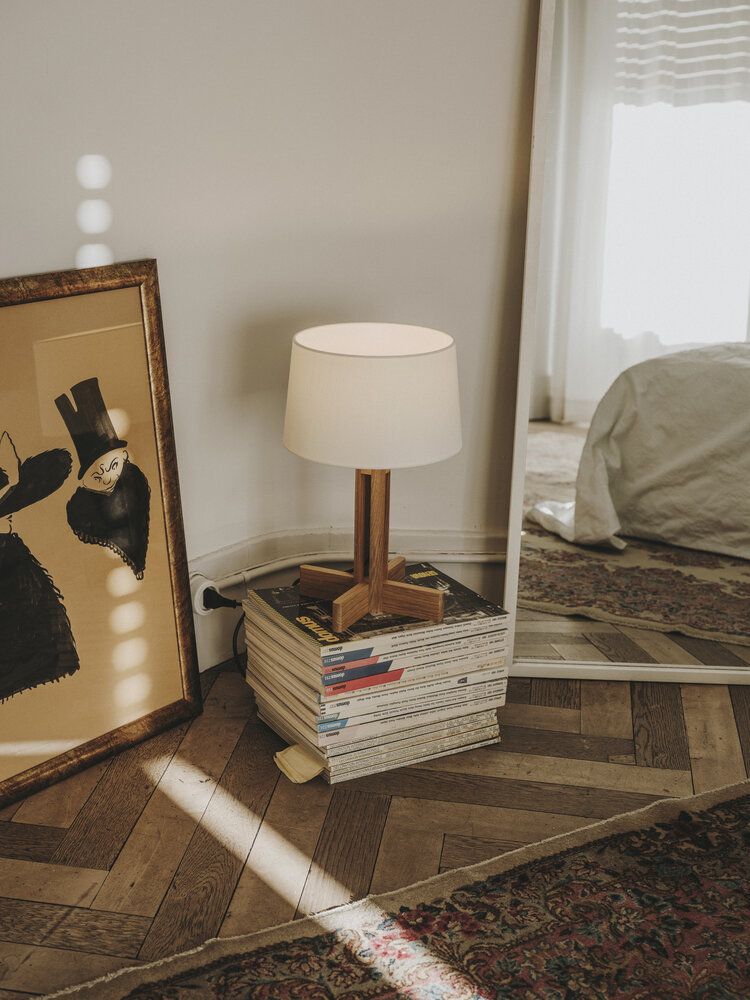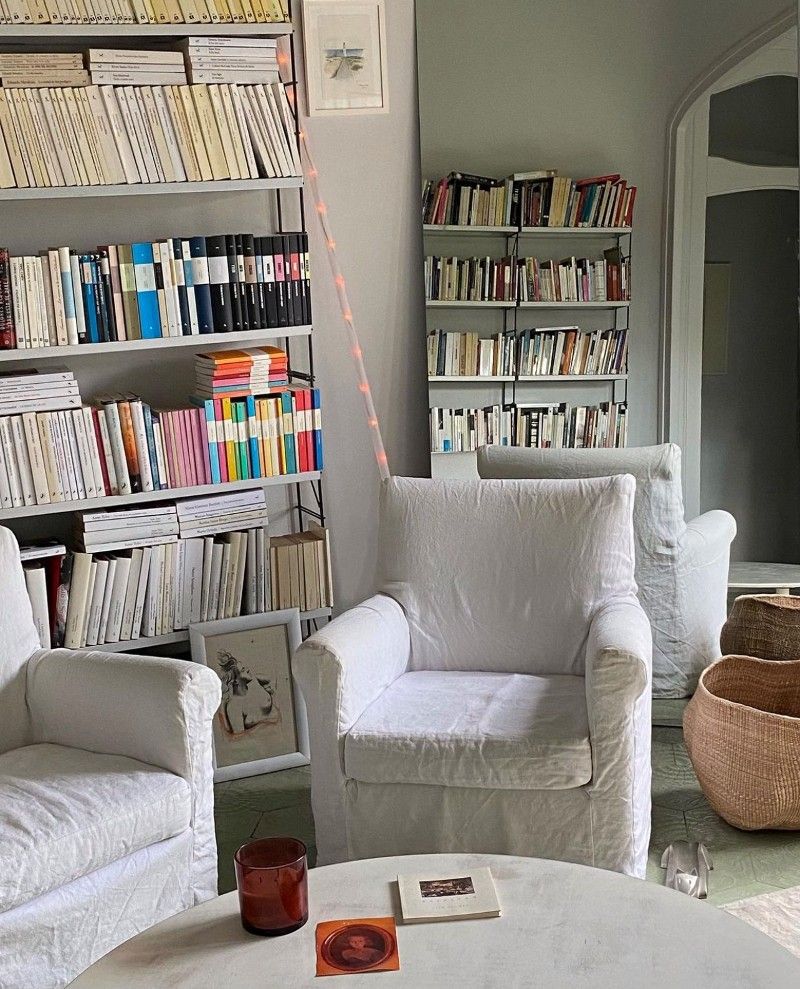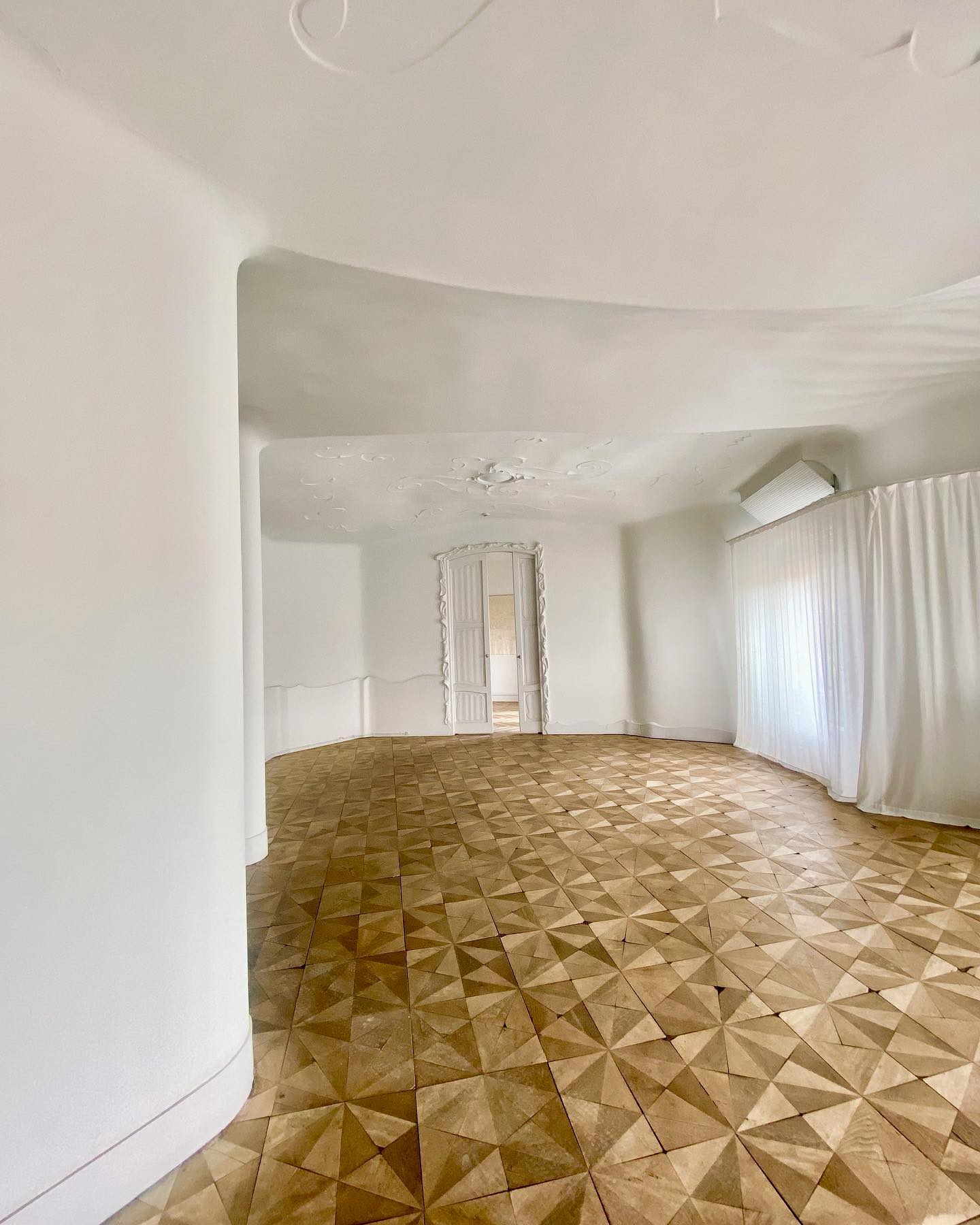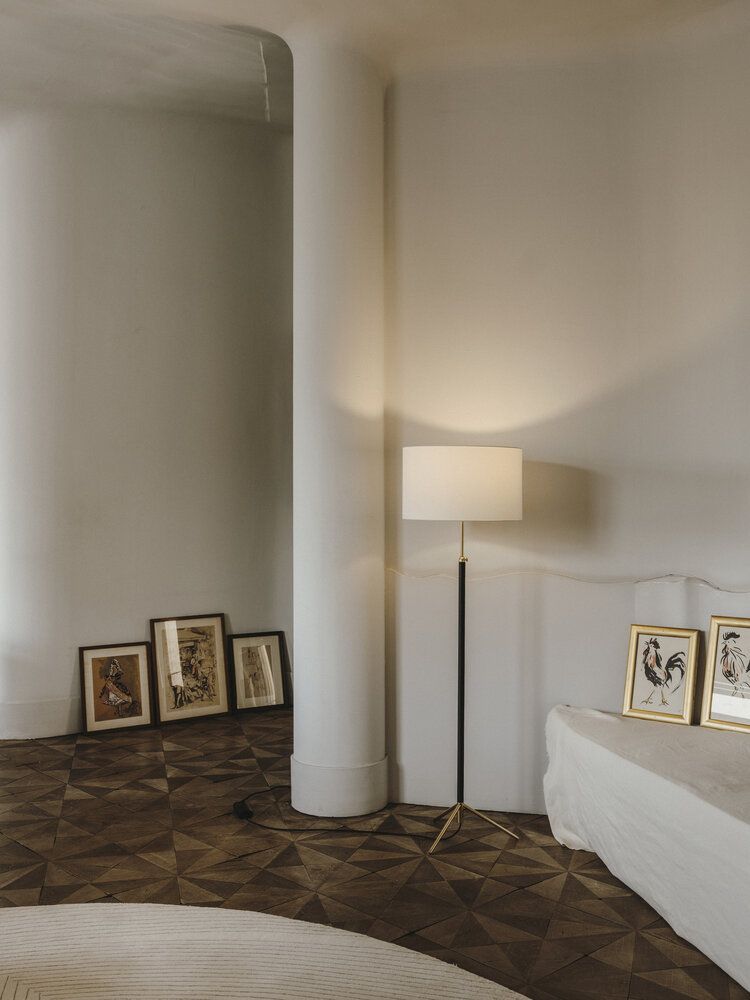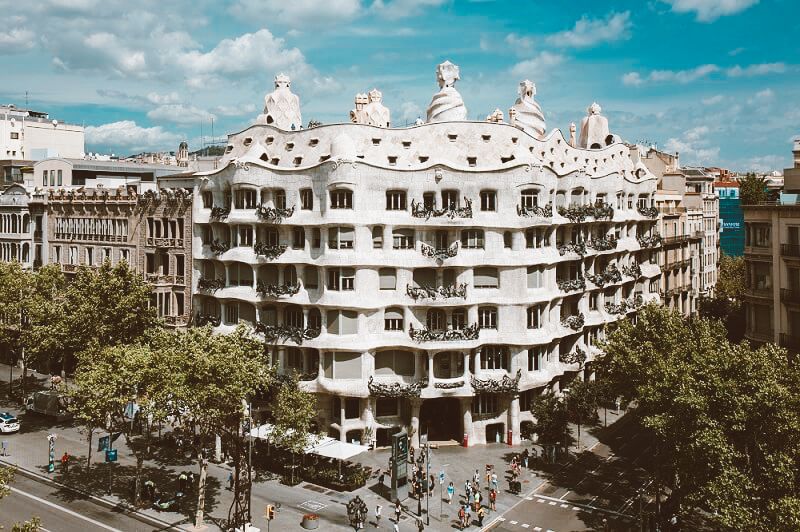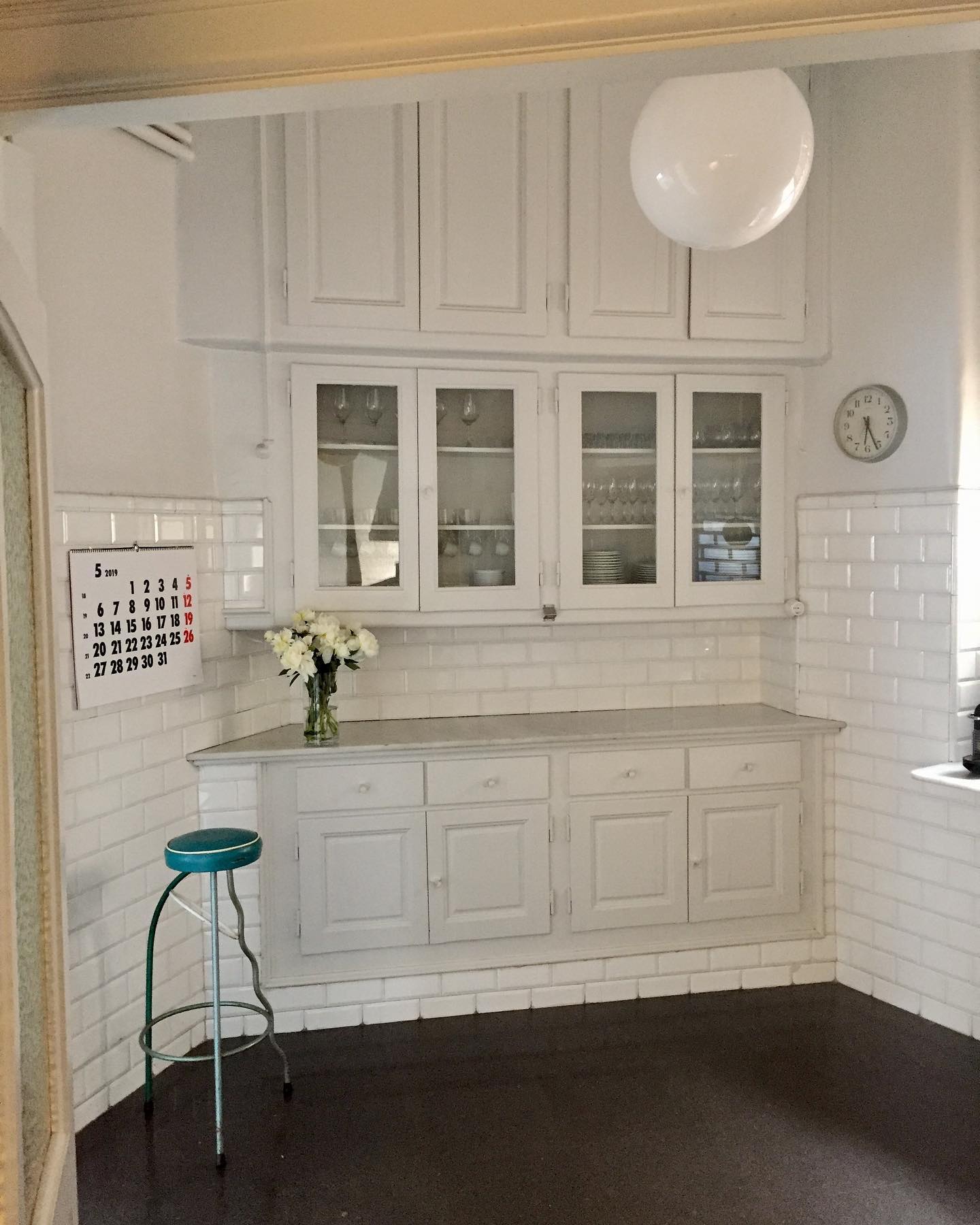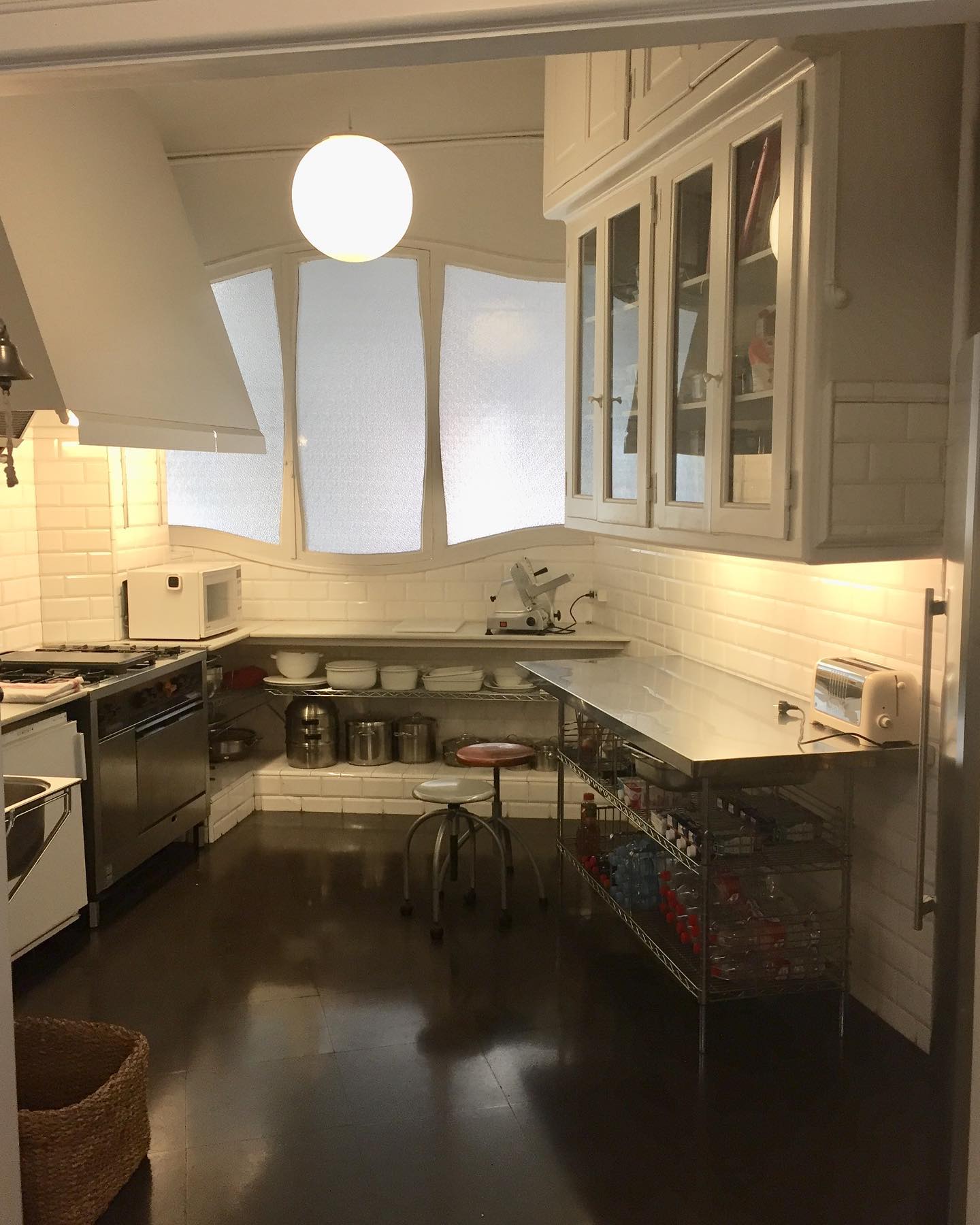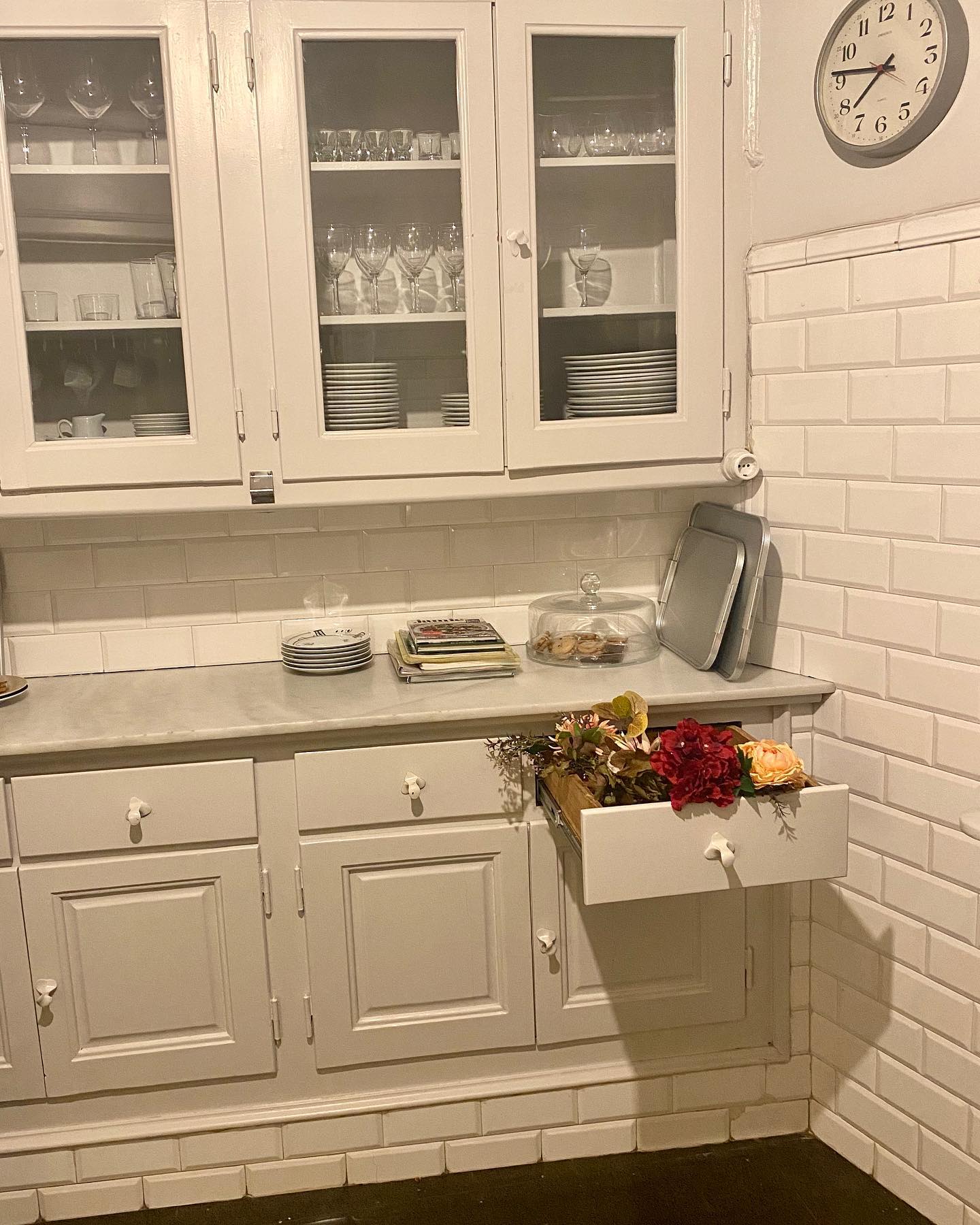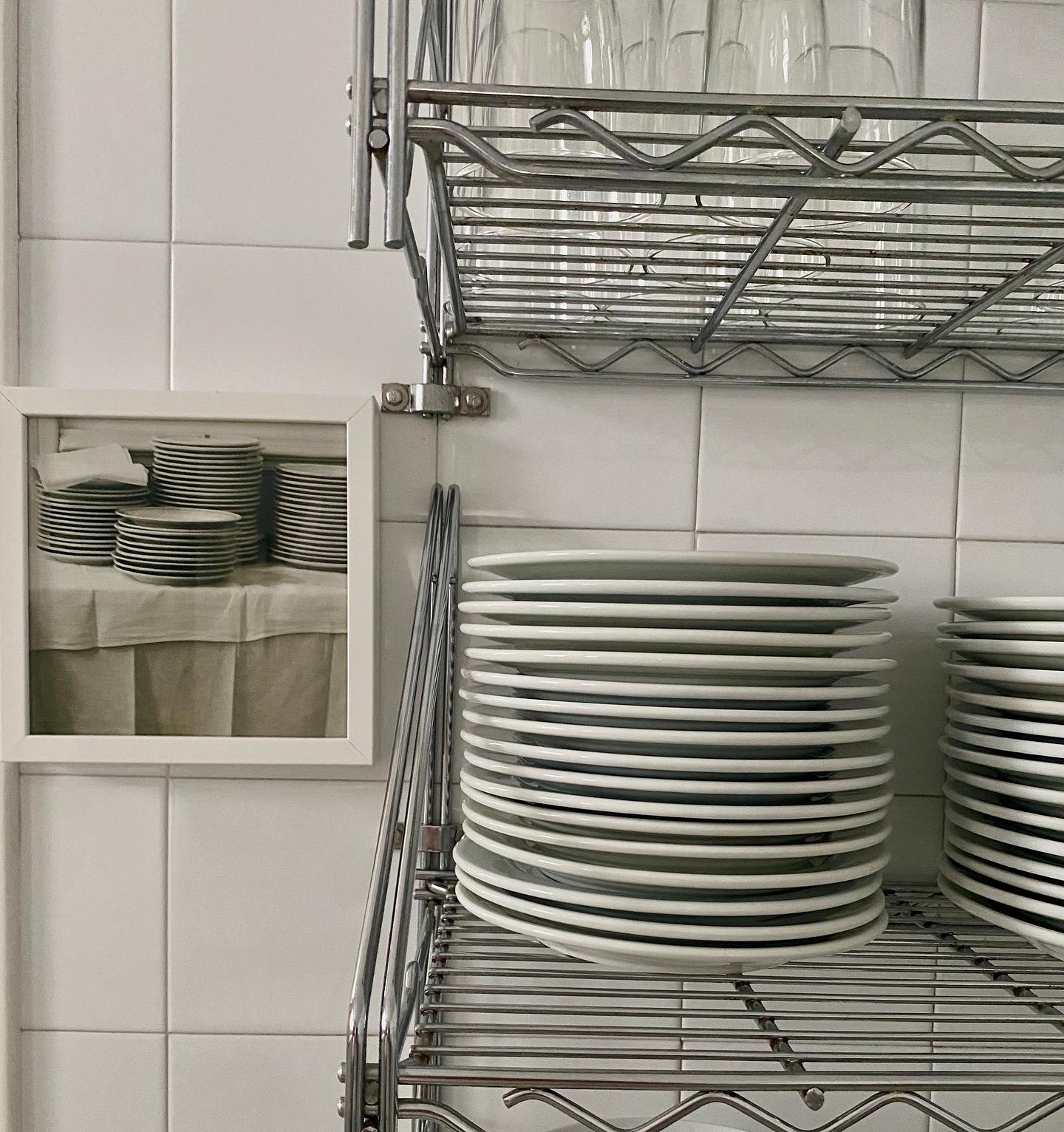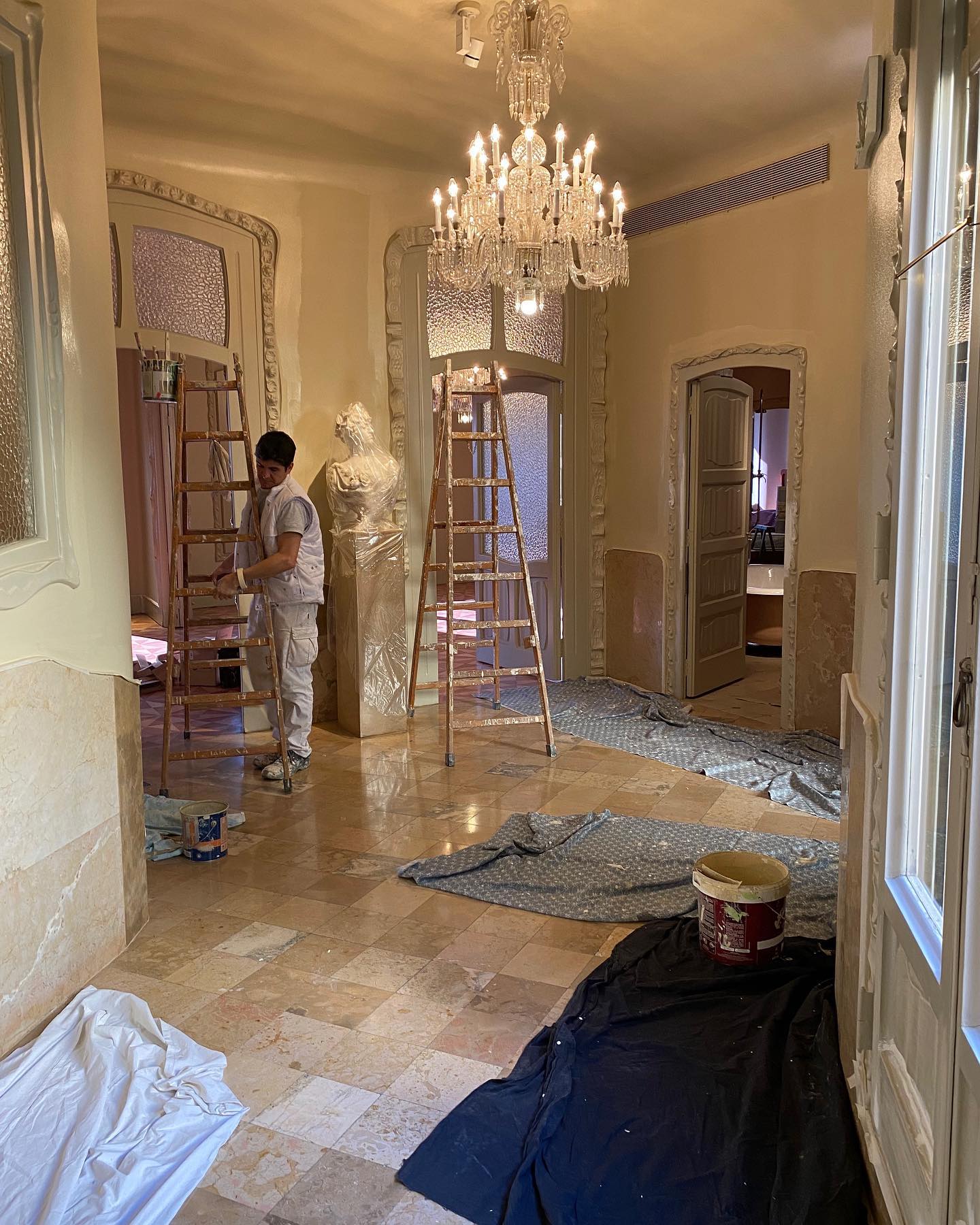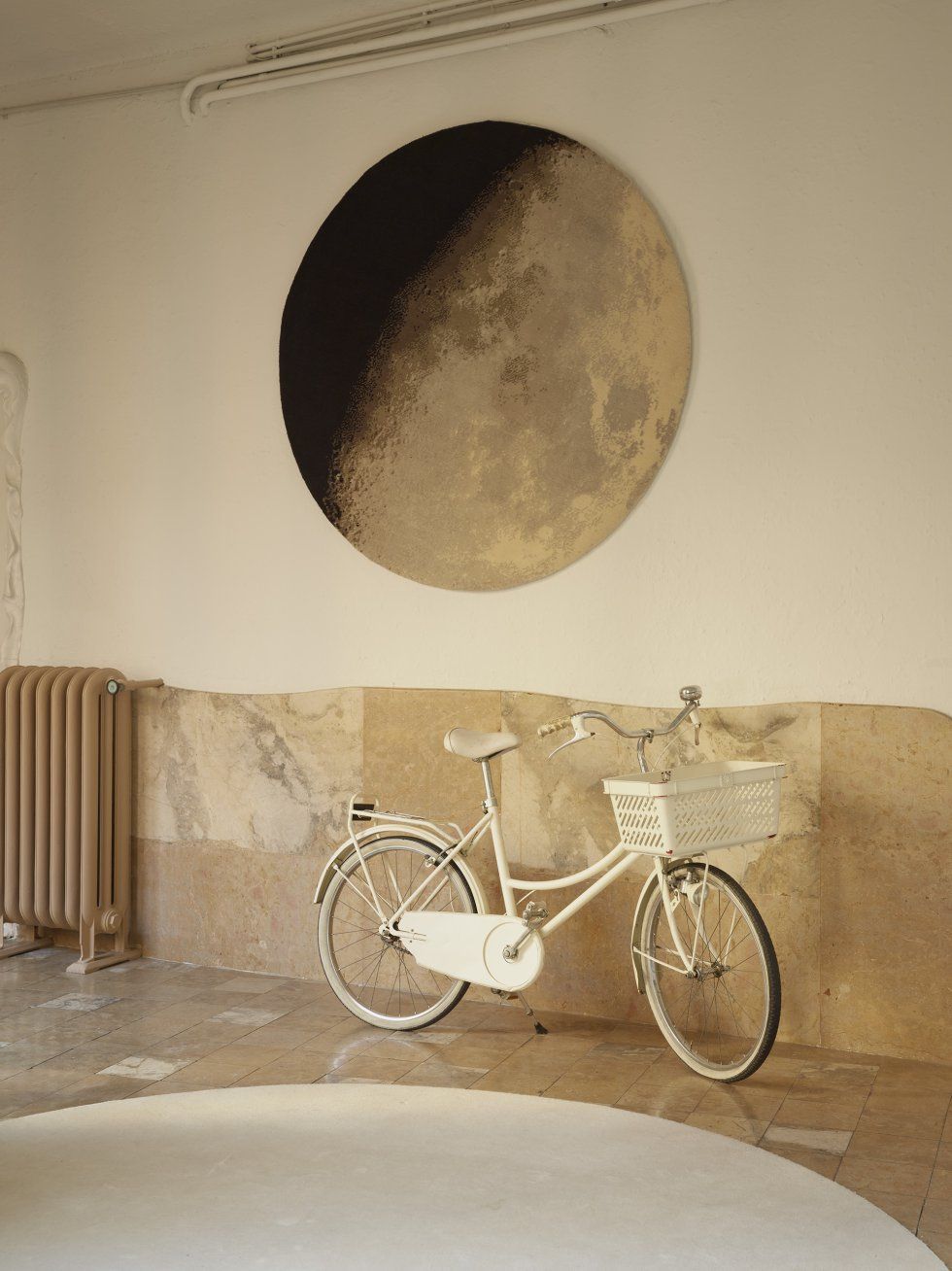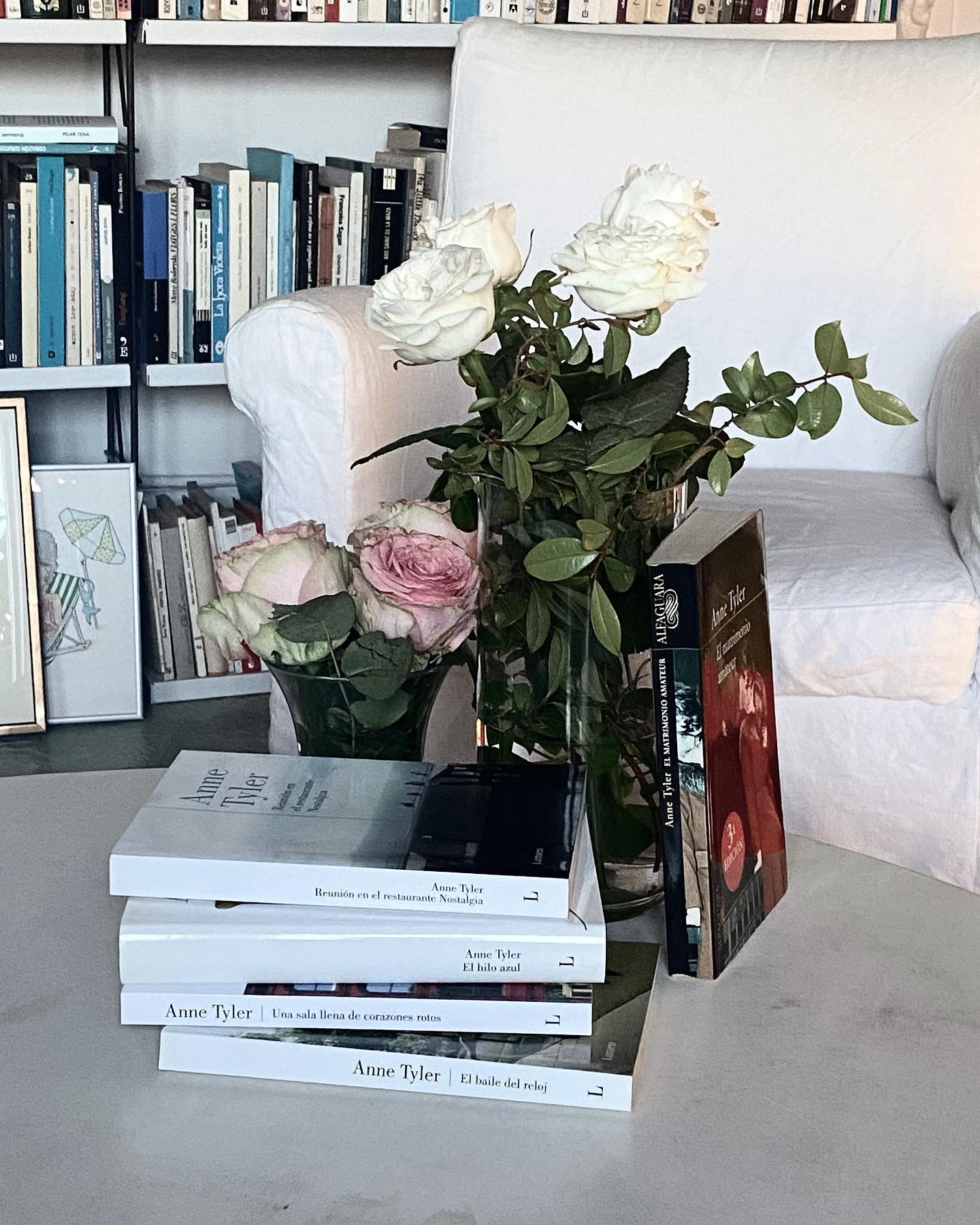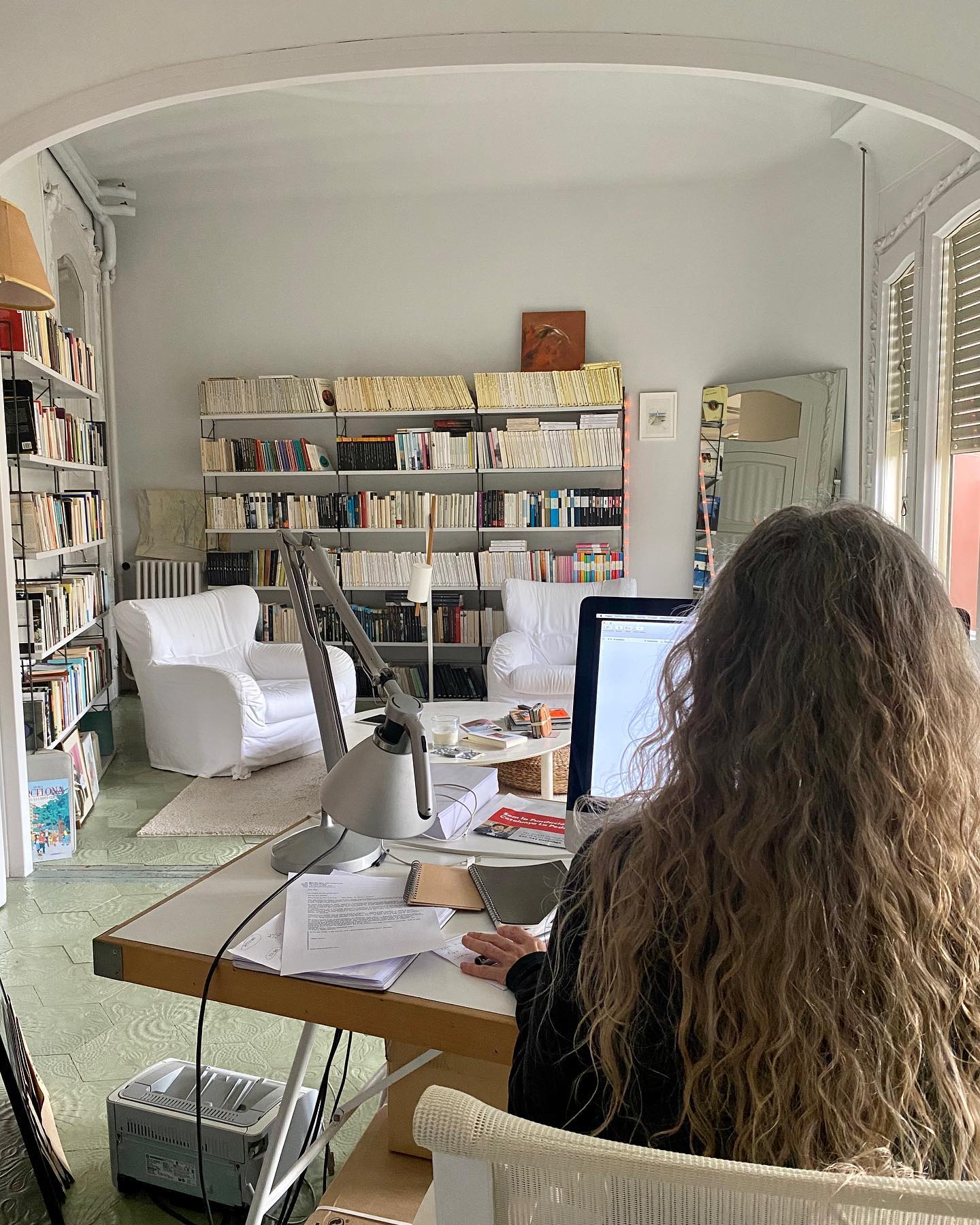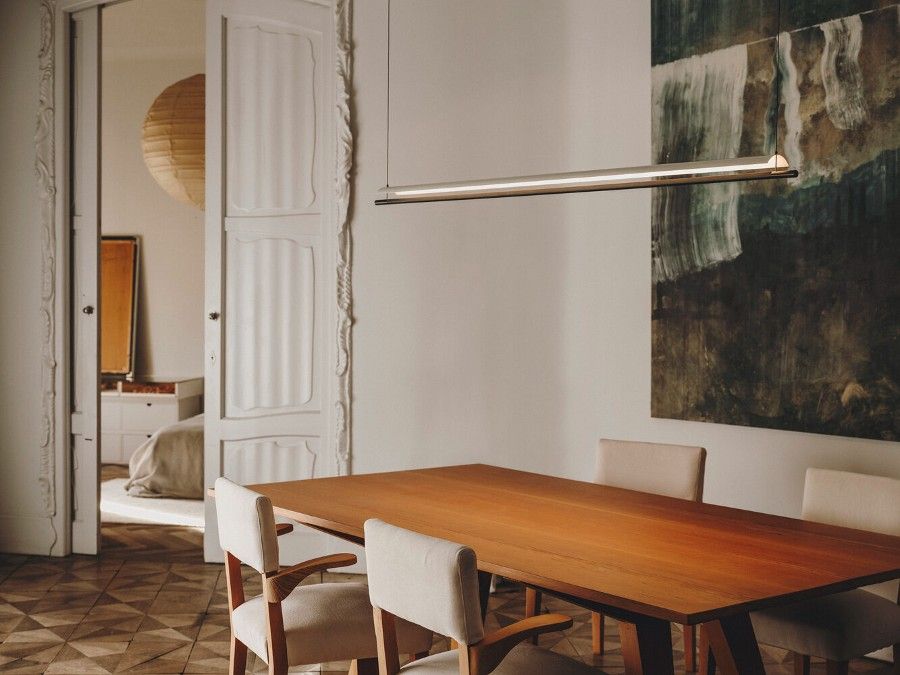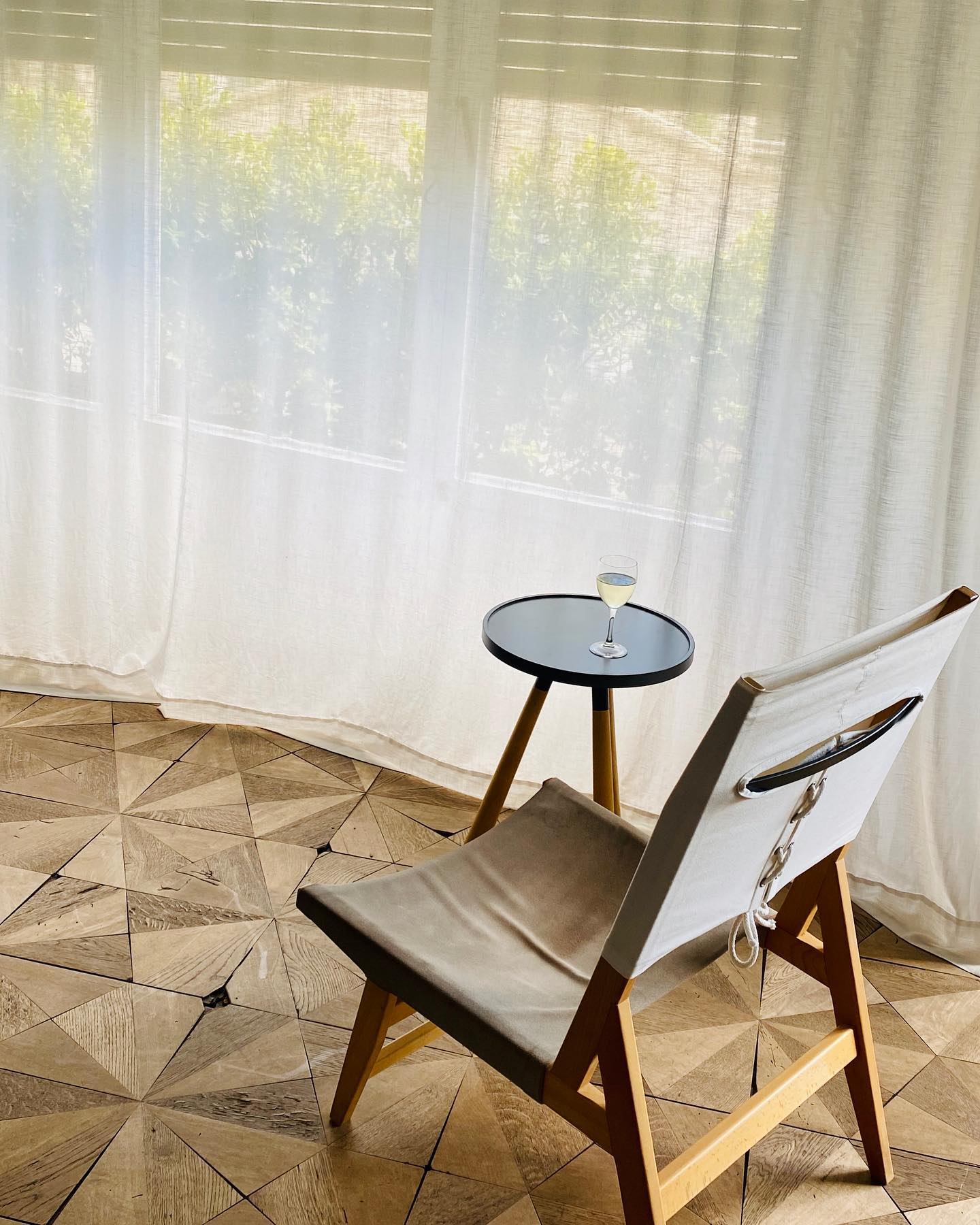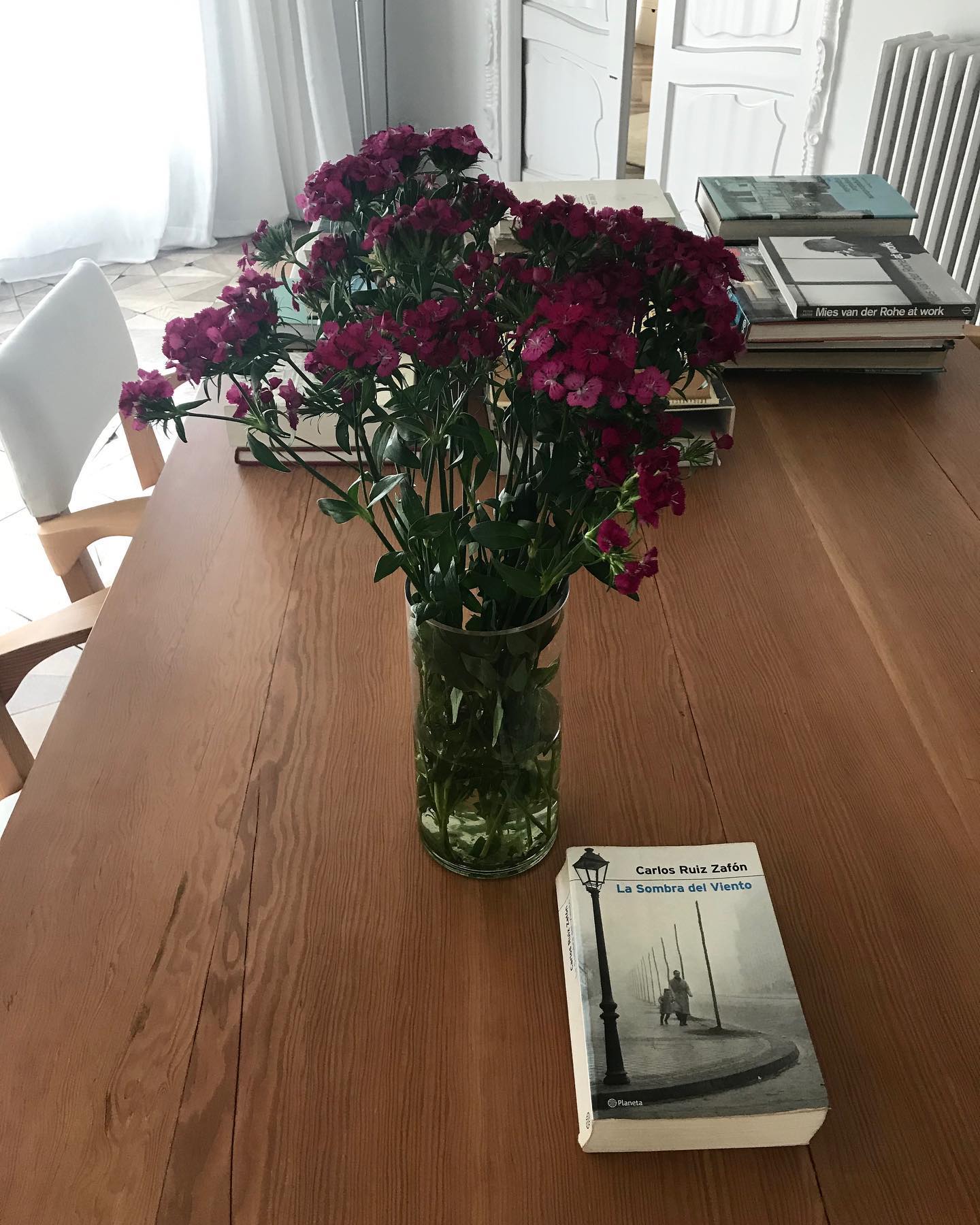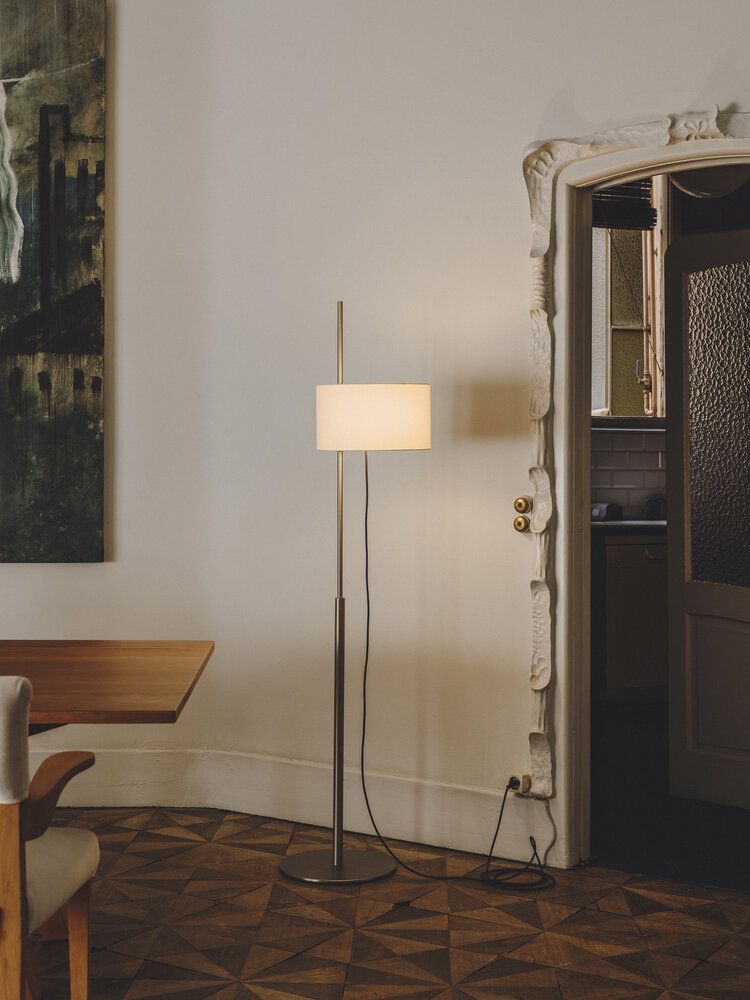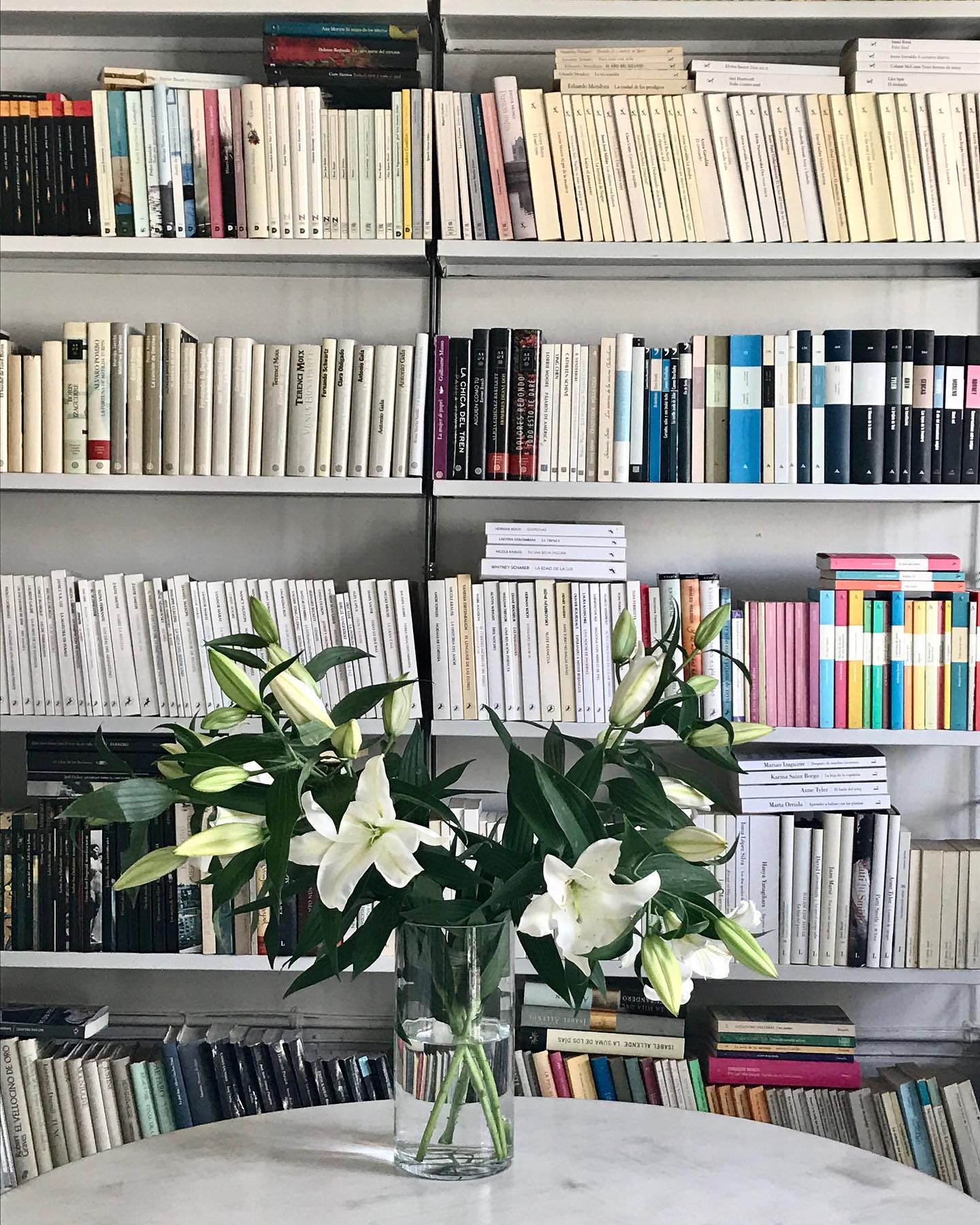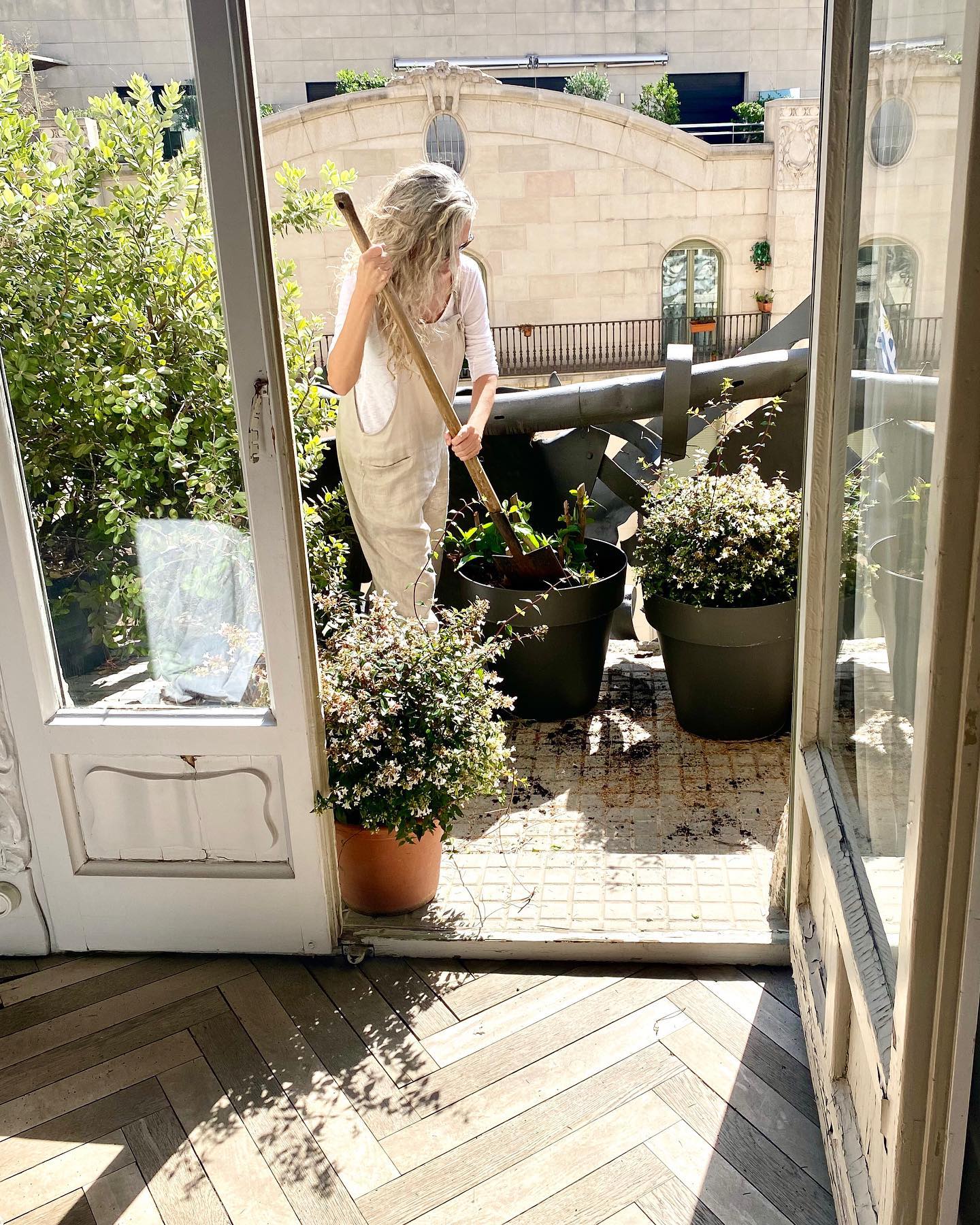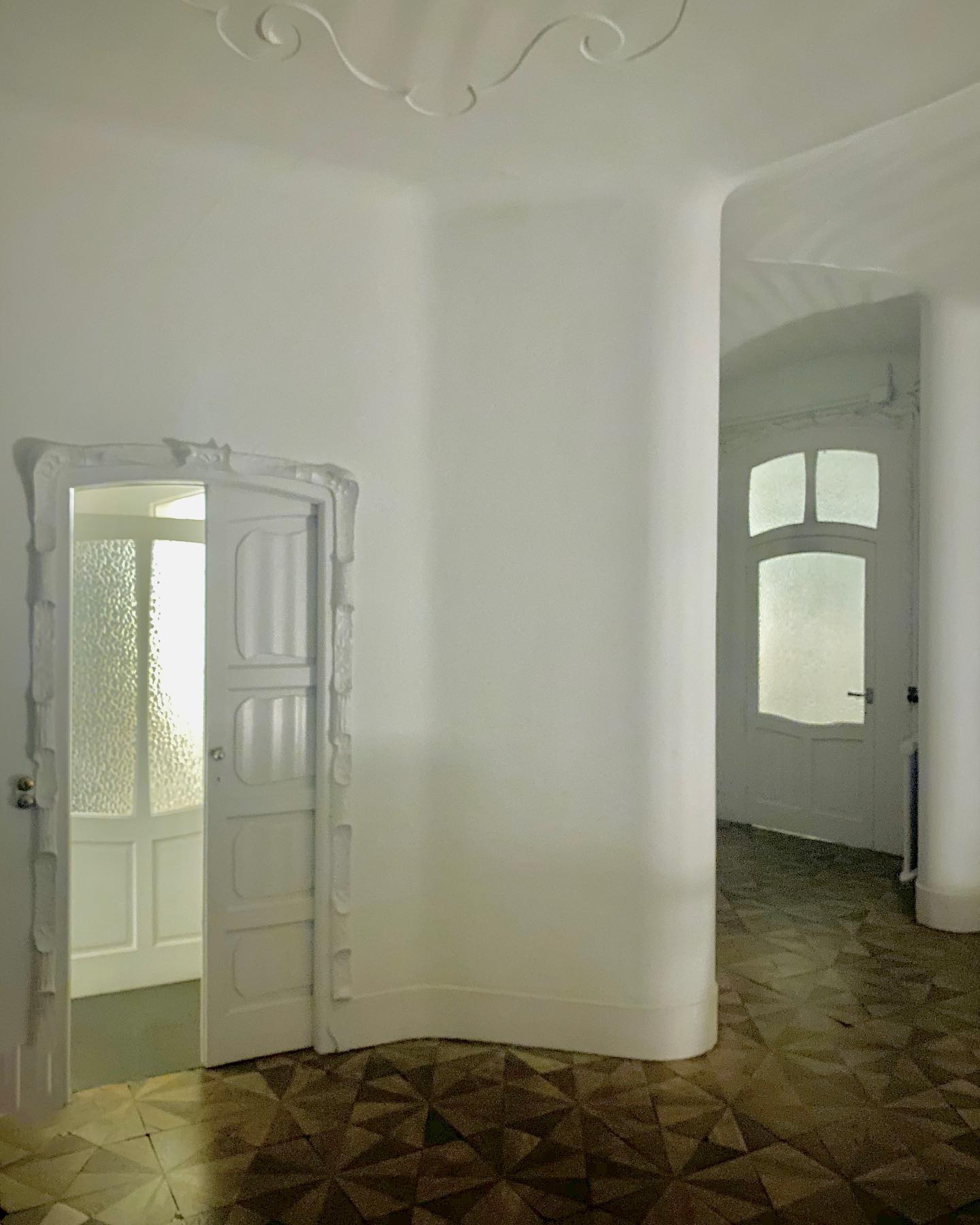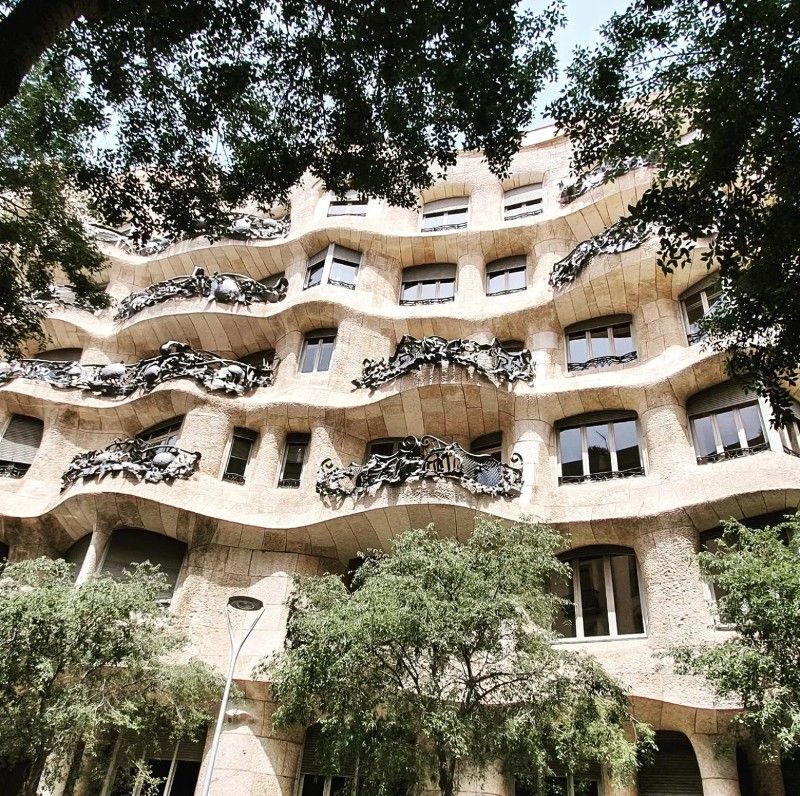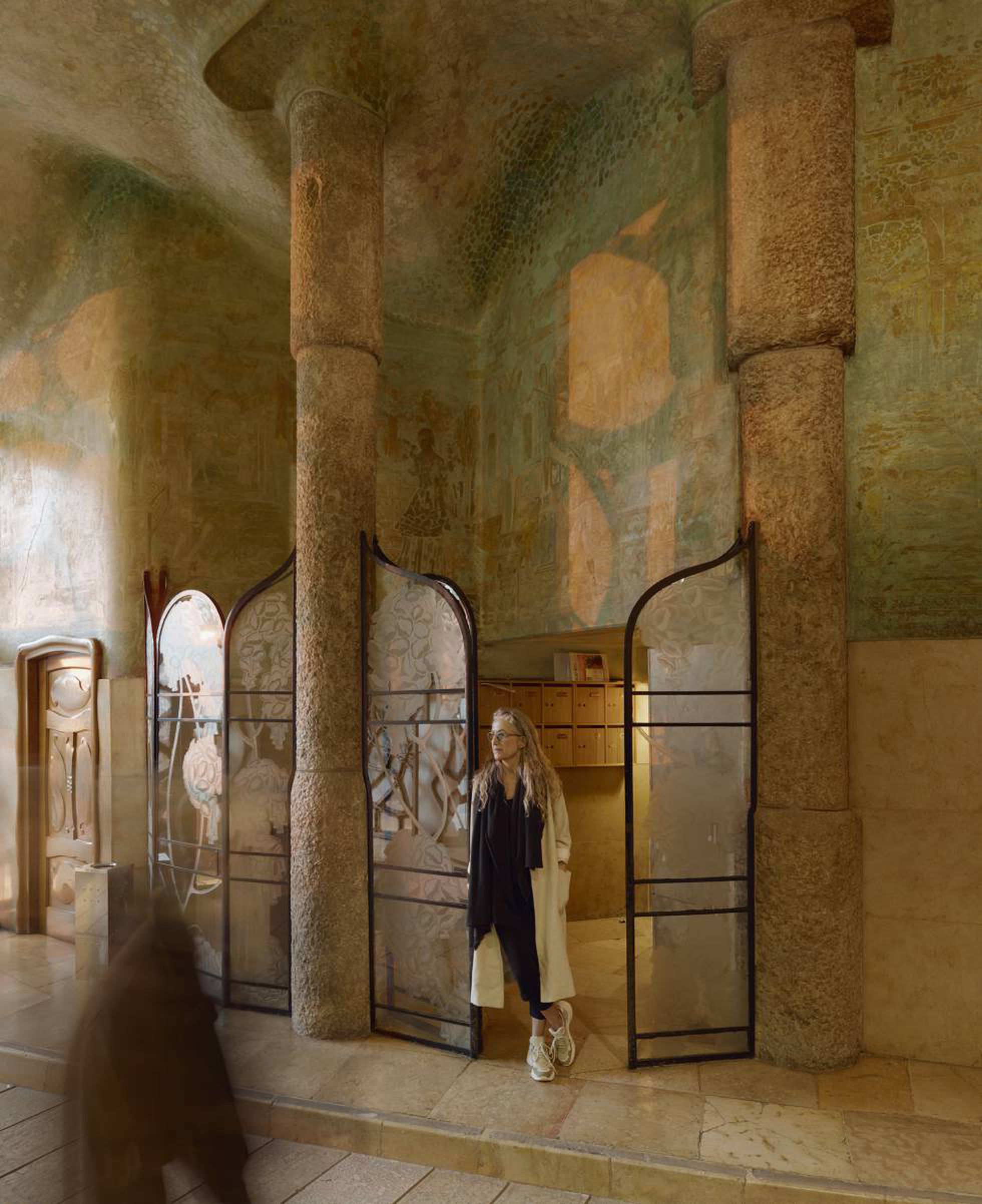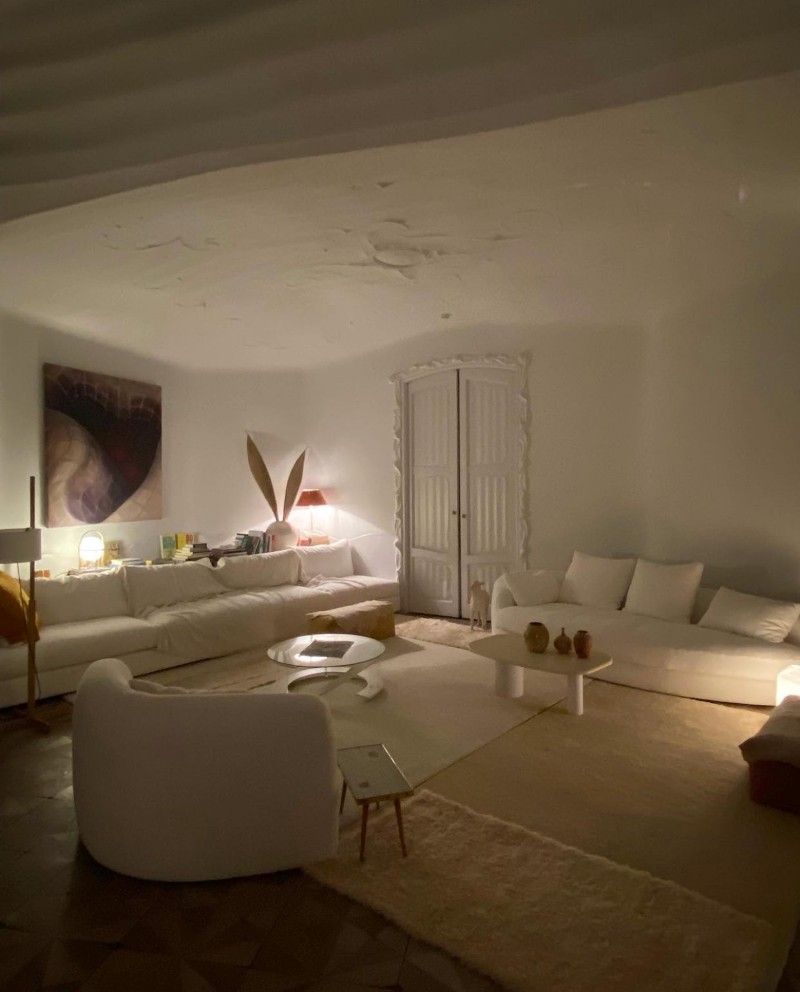Antoni Gaudí i Cornet (25 June 1852 – 10 June 1926) was a Catalan architect from Spain and one of the most famous architects of the first half of the 20th-century. He was a pioneering figure of Art Nouveau and modernisme (Catalan Modernism). Gaudí’s works have a highly individualised, distinctive style, and most are located in Barcelona, including his main work, the church of the Sagrada Família. Gaudí’s work was influenced by his passions in life: architecture, nature, and religion. He considered every detail of his creations and integrated into his architecture such crafts as ceramics, stained glass, wrought ironwork forging and carpentry. He also introduced new techniques in the treatment of materials, such as trencadís which used waste ceramic pieces. Under the influence of neo-Gothic art and Oriental techniques, Gaudí became part of the Modernista movement which peaked in the late 19th and early 20th centuries. His work transcended mainstream Modernisme, culminating in an organic style inspired by natural forms. Gaudí rarely drew detailed plans of his works, preferring to create them as three-dimensional scale models and moulding the details as he conceived them. Seven of his structures—Park Güell, Palacio Güell, Casa Mila, Casa Vicens, the Nativity façade and crypt of La Sagrada Família, Casa Batlló, and the crypt in Colonia Güell—are designated as UNESCO World Heritage sites. The architect graduated from Barcelona’s School of Architecture in 1878. At the time, the institution’s director, Elies Rogent, famously said, “I do not know if we have awarded this degree to a madman or to a genius; only time will tell.” Gaudi’s idiosyncratic, madcap style pushed the boundaries of 20th-century architectural conventions.



